Our last week in Heidelberg simply flew by, thus our visit to this charming town sadly has come to an end. From our apartment in the “posh” (as a friend and long-time resident of Heidelberg called it) neighborhood of Neuenheim, north of the river Neckar, we explored the Altstadt, the Old Town on the left bank, the castle and beyond. We are grateful to our hostess Jutta, who welcomed us into her home for our amazing Heidelberg adventure!
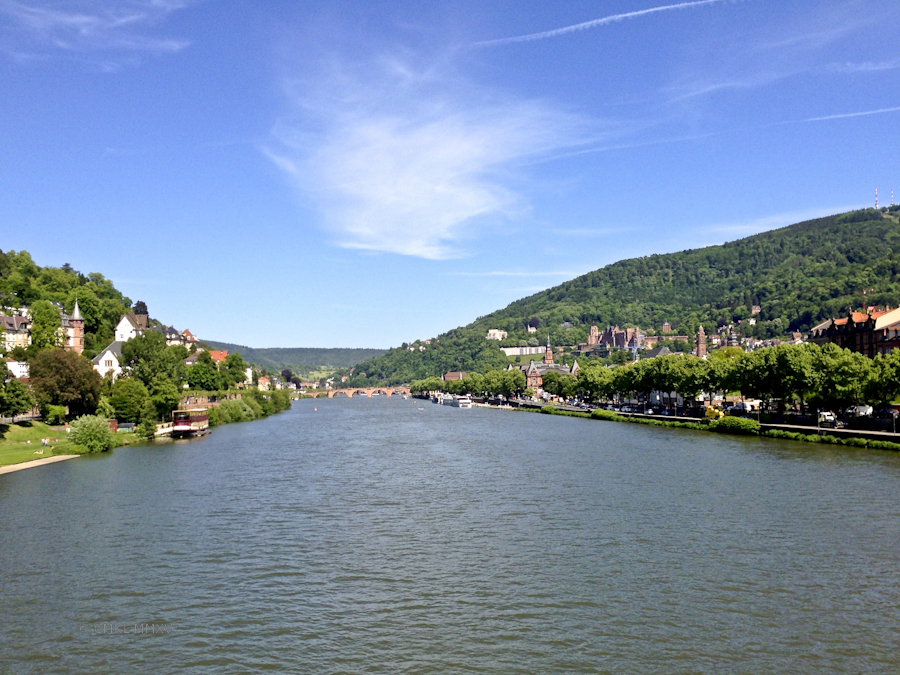

Now we come to some of our Neuenheim caloric and design impressions. It’s a very tasty and charming neighborhood! We enjoyed ‘Le Coq’ on the main thoroughfare and the more traditionally Alsatian ‘Marktstübel’ at the old Neuenheim market square with its huge shade trees.
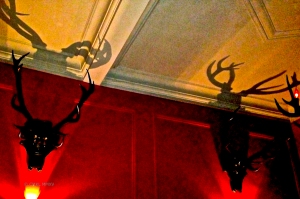
We also enjoyed Jutta’s invitation for a very special evening we spent in a place called ‘Alt Hendesse’, which serves traditional regional dishes in a hunting lodge setting.
Pride of place, however, must be awarded to our most favorite restaurant in Neuenheim, the Kyffhäuser. Kaiser Friedrich Barbarossa himself would’ve been proud to eat here. Check out the Kyffhäuser Barbarossa legend!!
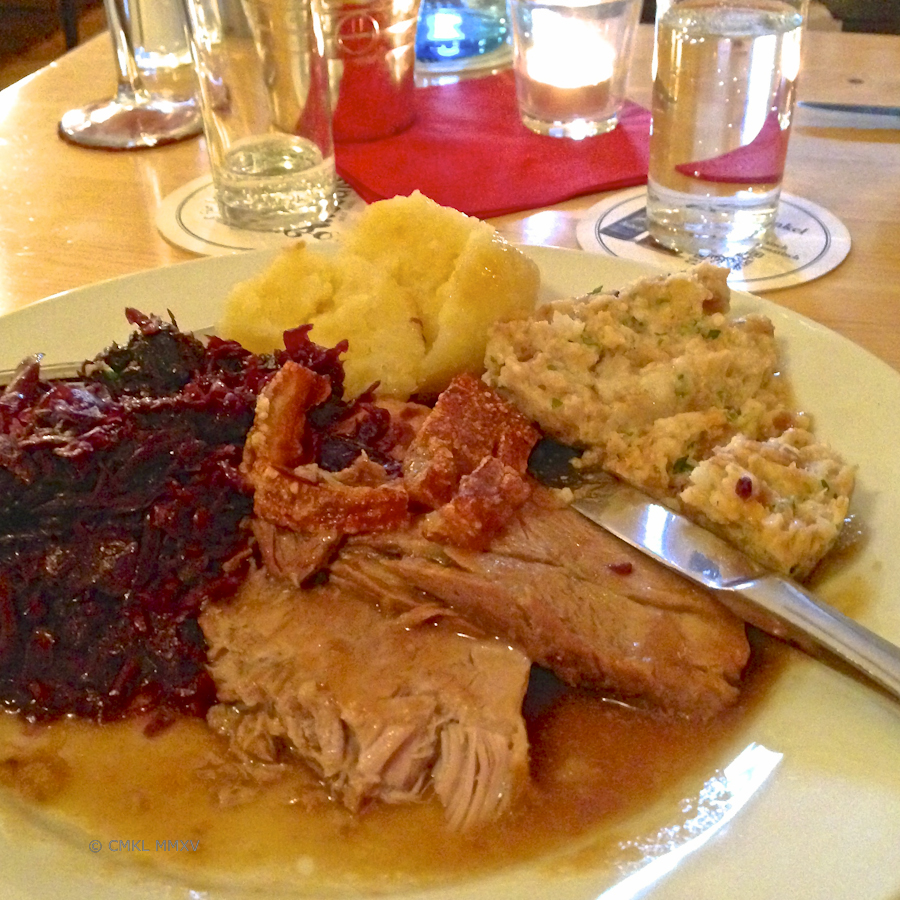
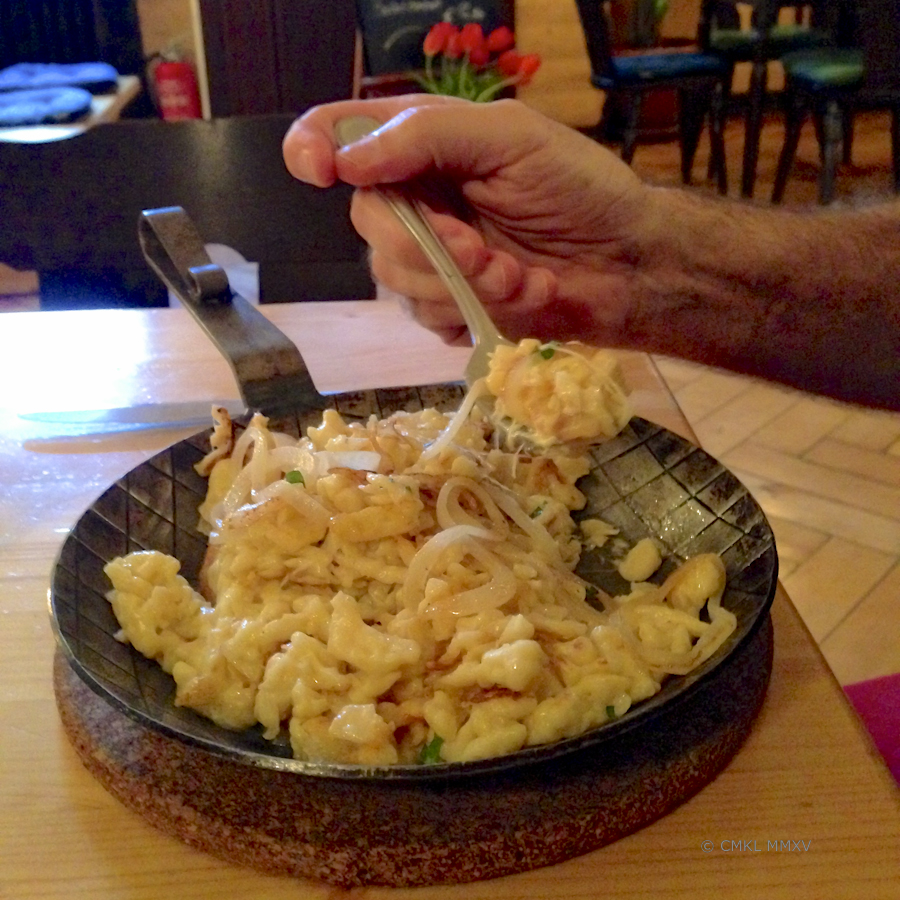
The portions were so substantial that we had seconds the next day at home. So in a way we ate there almost nightly. When not feasting at the Kyffhäuser we walked the quiet streets of Neuenheim, admiring the Wilhelminian epoch, Art Nouveau, and Arts & Crafts architecture and decorations everywhere.
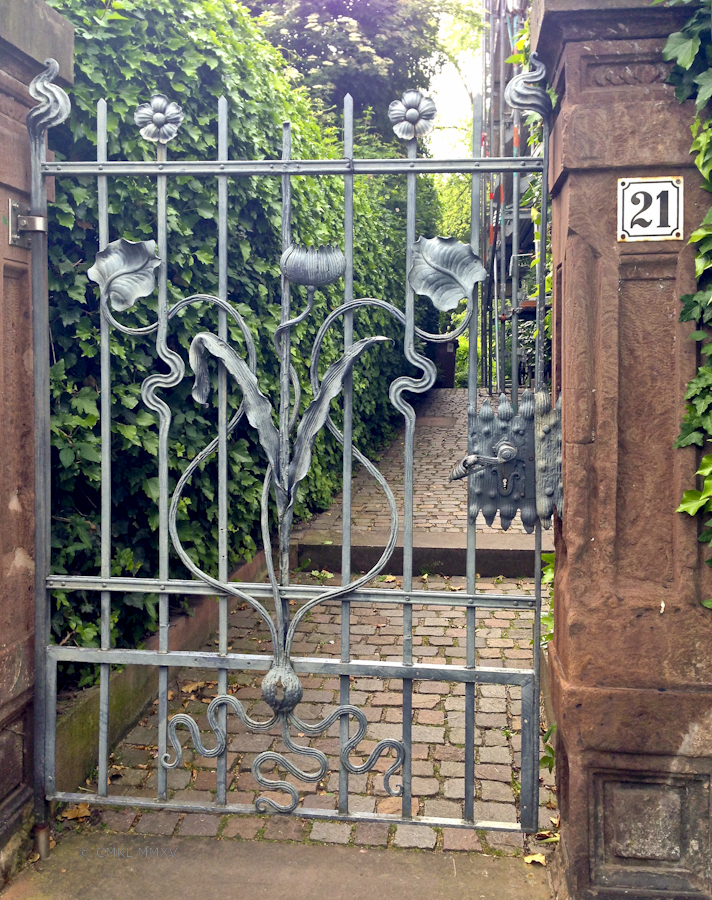
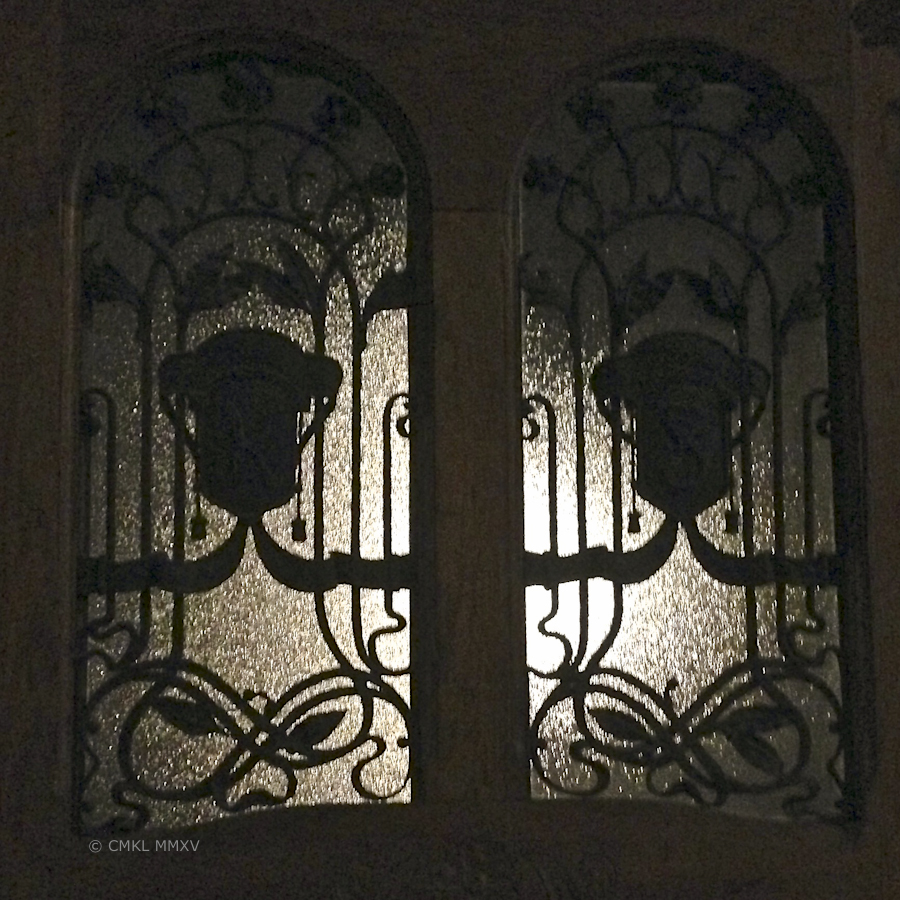
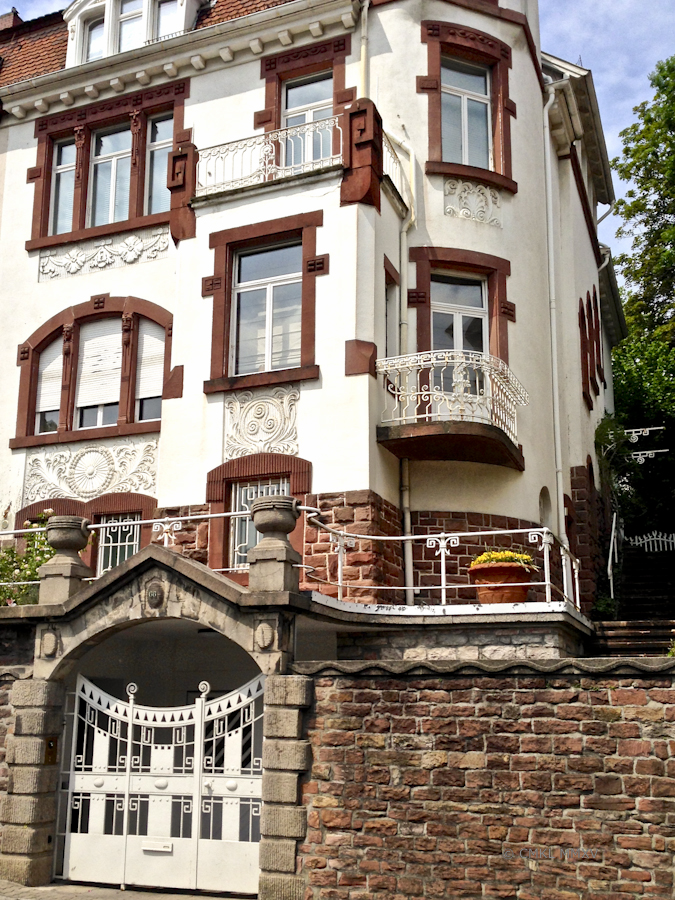
Even in such a pleasant neighborhood, occasionally something goes wrong.

And naturally, any number of lions can be found here and there, as it was the emblem of the Princes of the Palatine, the Electors.
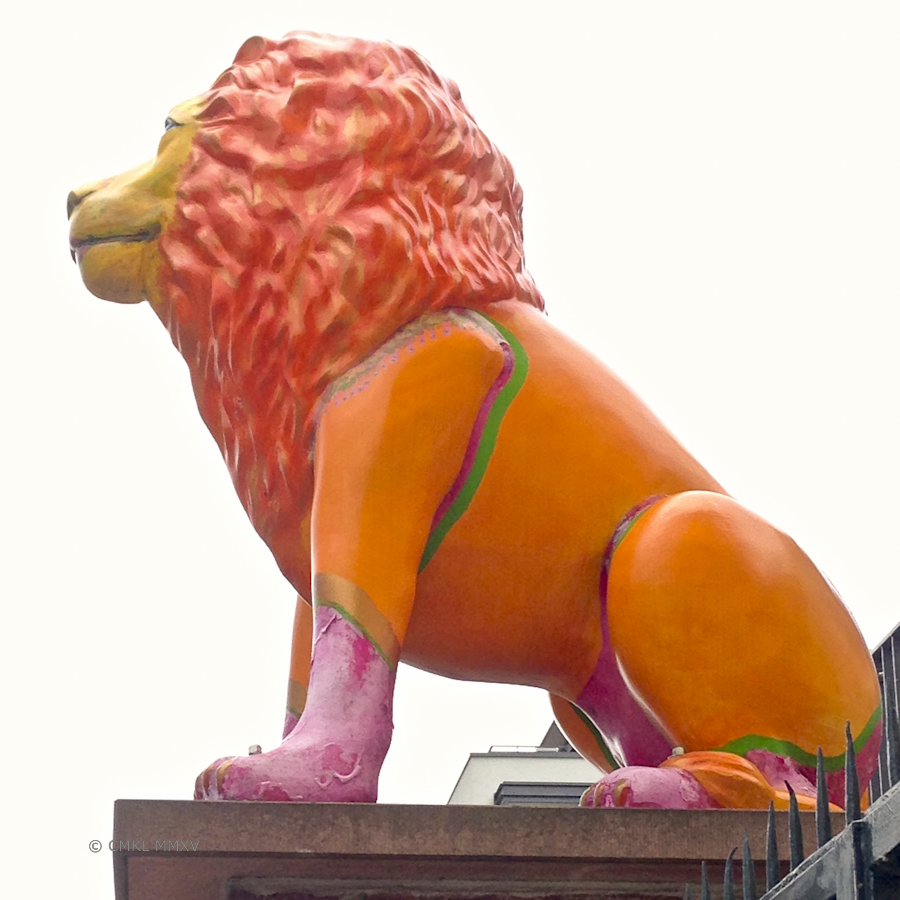
In addition to many stores, restaurants, and a biweekly produce market, Neuenheim also sports the Neckarwiesen, extensive meadows along the right bank of the river Neckar for general frolicking and such.
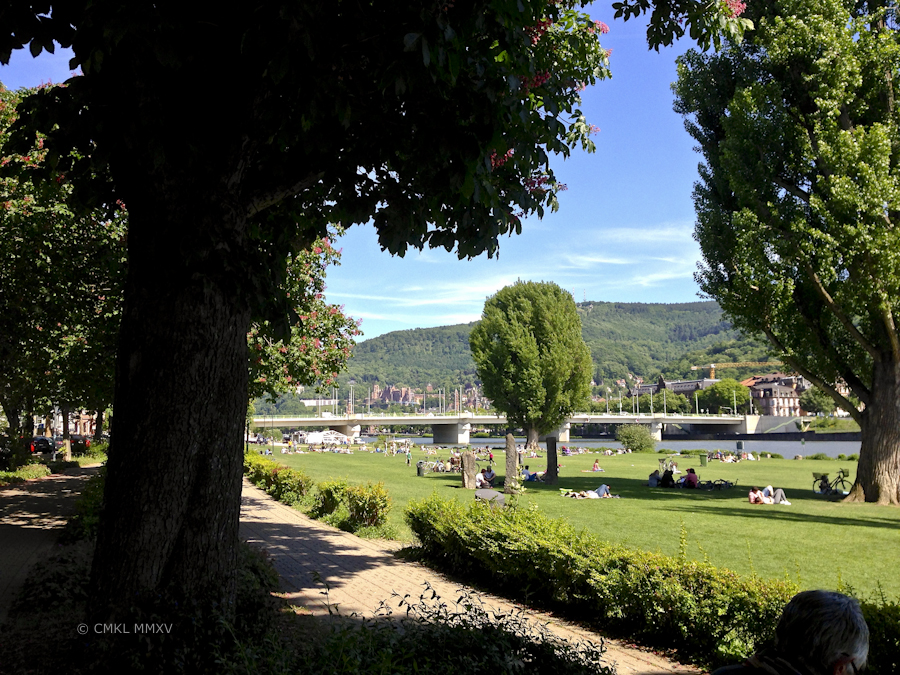
Next we walked across the Theodor-Heuss bridge and across the Altstadt, the historic center of Heidelberg. Our destination was the funicular to take us up to the Schloss, the castle.
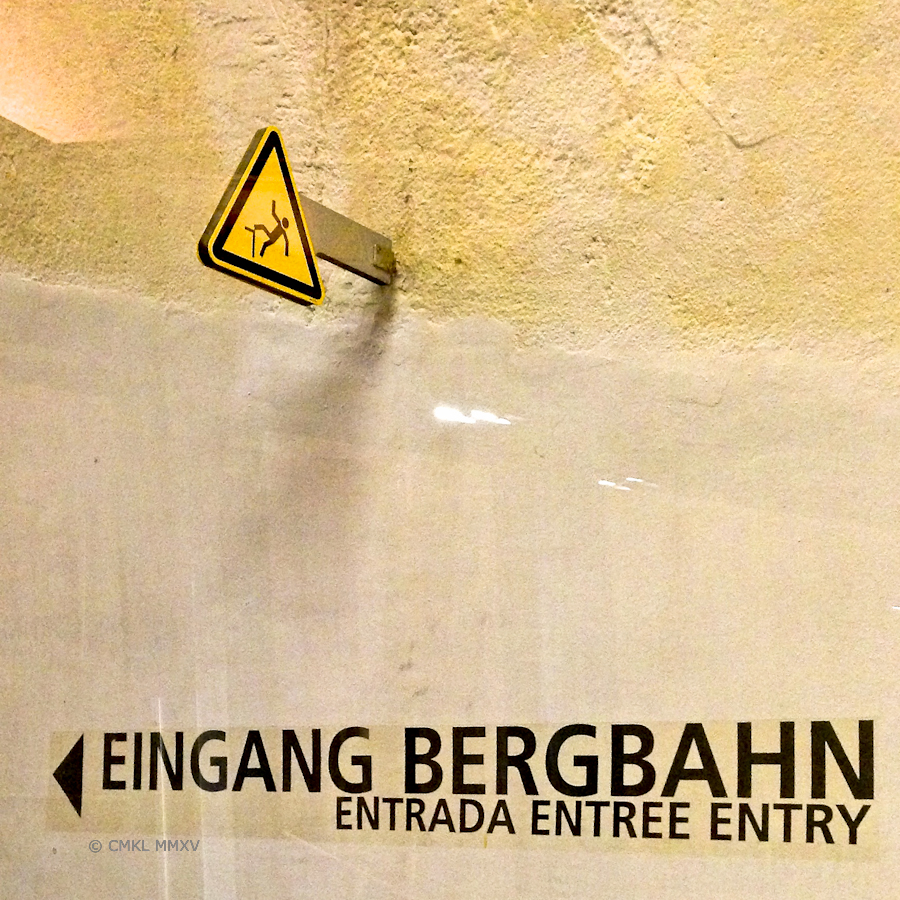
We took the Bergbahn, the mountain train, a short ride up the hill for our visit of the famous ruins. I believe the castle may have been cursed by some powerful magic before it was ever actually constructed. Possibly by a soothsayer named Jetta because Conrad of Hohenstaufen took her sacred mountain away to build his castle upon it in the mid 12th century. This castle was built, destroyed and rebuilt both by natural forces and warring parties over and over again. So often in fact that it was scarcely ever actually habitable throughout its long history.
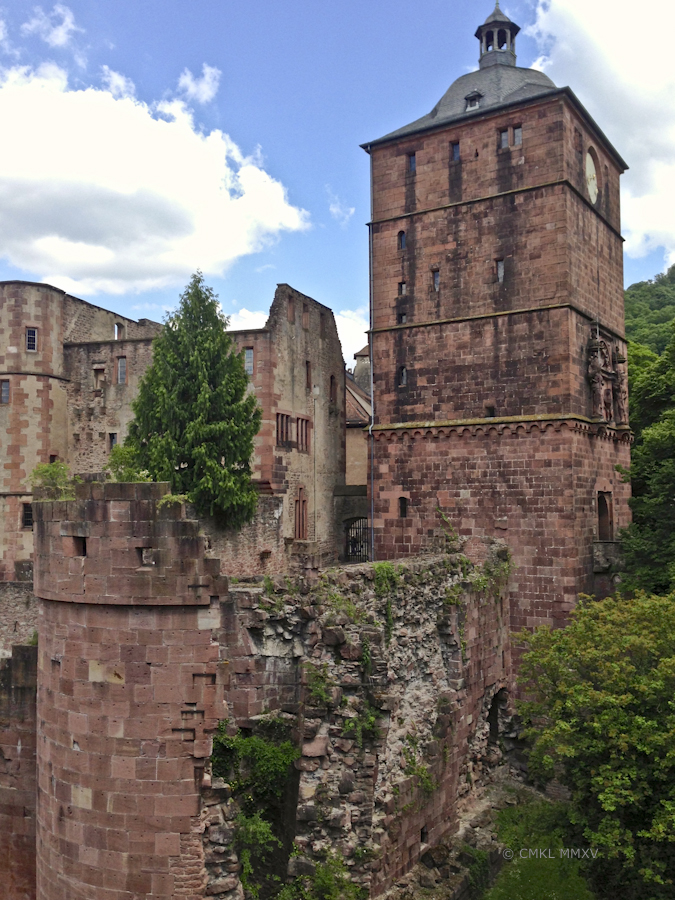
We entered the Schlosshof, the outer courtyard of the castle through the massive clock tower. You can just see the bridge over a moat and the first gate on the far right.
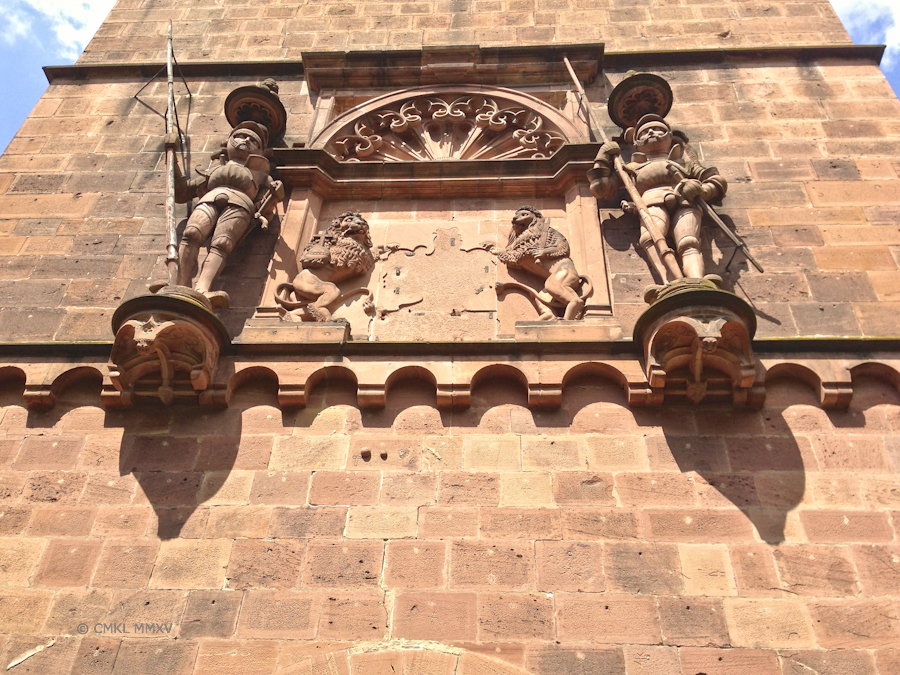
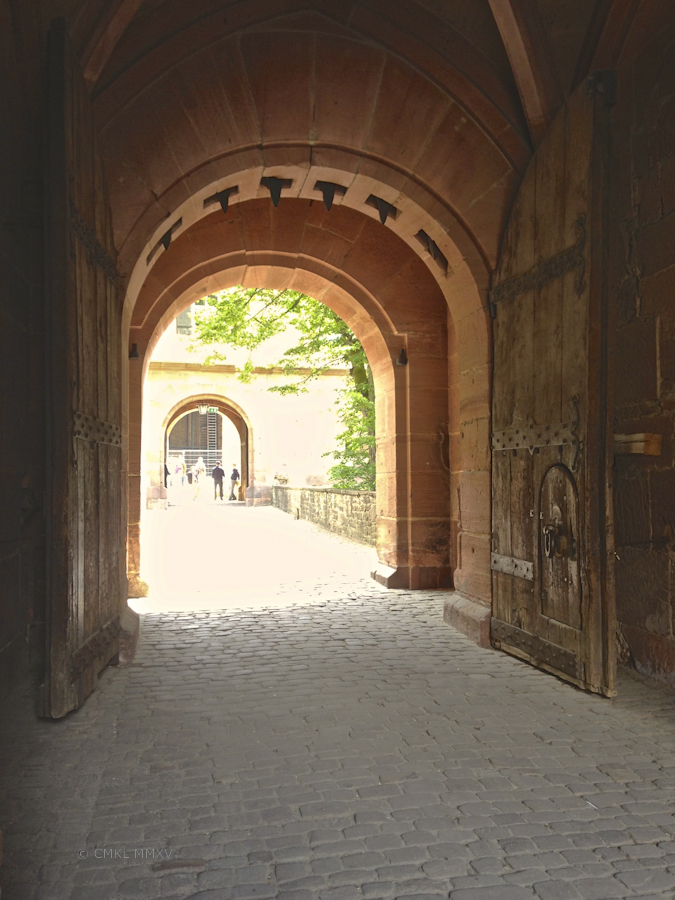
The pedestrian door was far too small to admit dangerously armored persons. At most a Hofnarr, a “licensed fool” or a “court dwarf” would have fit through that opening, as demonstrated below.
Finally, we’re gazing over the Renaissance Splendor of the palatial estate. A palace often under construction – if you consider the ongoing restoration work, it never stopped to be under construction. The architectural style is truly fitting under these circumstances of a perpetually reborn structure.
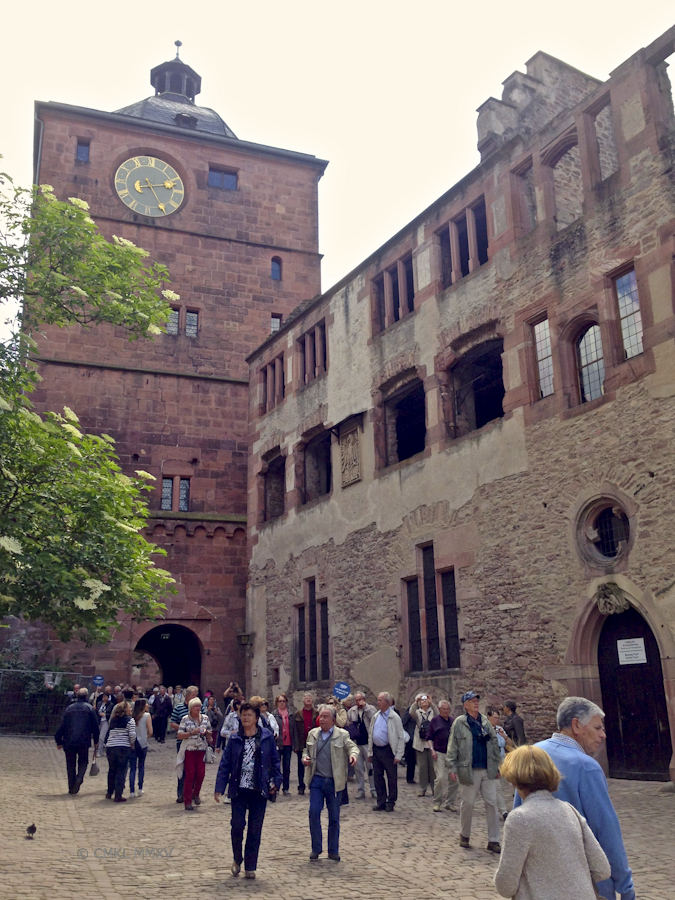
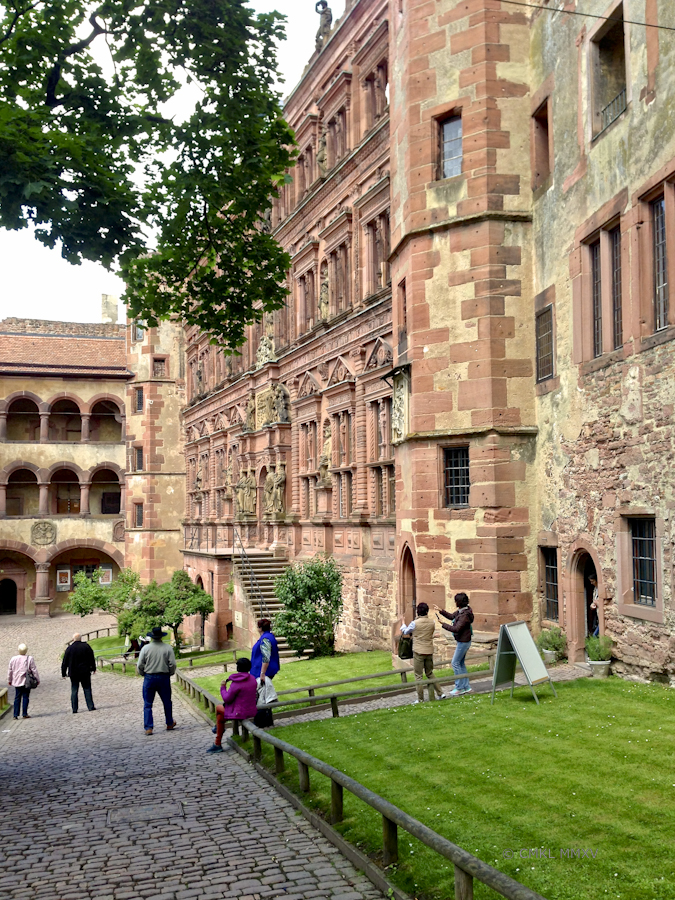
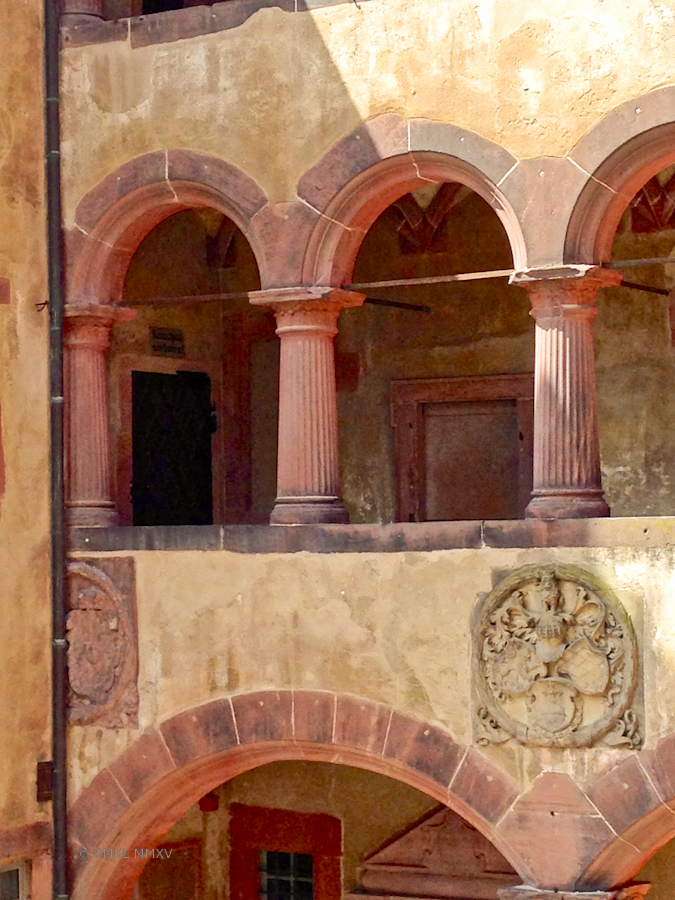
Alone at last, but for the company of giants.
Next we fled into the comparative solitude of the German Pharmacy Museum. The museum has a multi-lingual website with a nice online tour if you should be interested in alchemy. Here are a few samples of the 20 000 exhibits.
This alembic is a little more intricate than the one we saw at the Gourry de Chadeville cognac distillery!
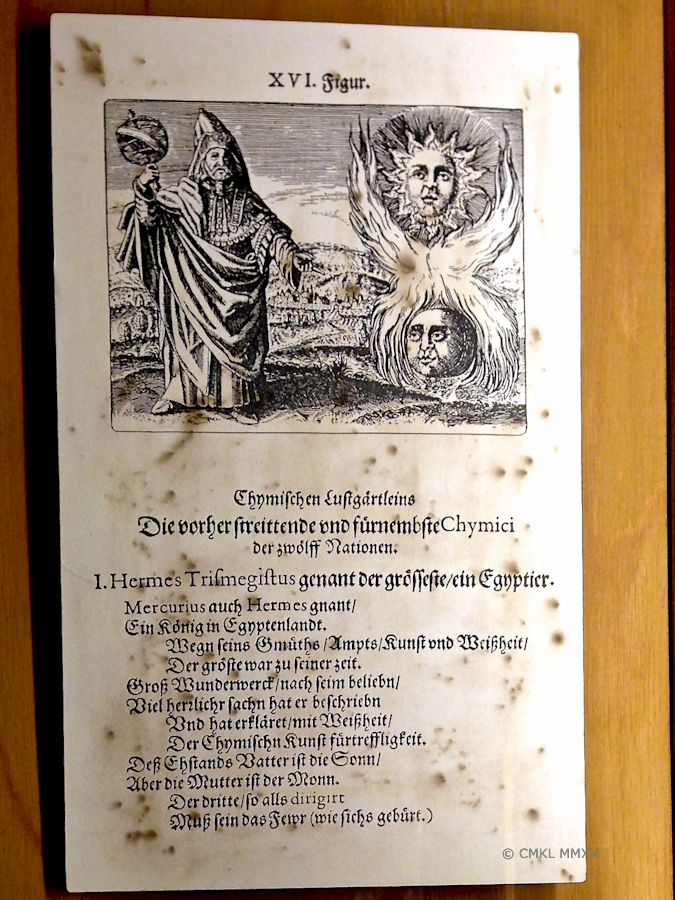
The online site Mystica briefly explains the power and wisdom of the Father of Alchemy a little further.
Before the advent of logos and branding, many different emblems were used by pharmacies to advertise their businesses, some quite fantastic, like this magical unicorn with a narwhal tooth as a horn.
A Tinkturenpresse is a very heavy instrument with two plates between which herbs can be extracted by pressure. This huge one from 1870, used until recently was donated by a pharmacy called Hof Apotheke
Two of the exhibits in the pharmacy museum were deeply unsettling to me. In themselves as exhibits, but more so in the poignant juxtaposition of their meaning for me as a German and a Jew. The first exhibit shows a leather container that could be strapped to a belt. It was the standard issue emergency medical supply carried by non-commissioned medical officers or orderlies of the Wehrmacht, the nazi army. My father was an orderly, he must have carried one of these pouches filled, among other first aid items, with opium tablets, iodine solution, circulation stimulating heart medication, aspirin, patches made of zinc and rubber to dress wounds, rhubarb-based laxatives and, so pathetically, a salve against sweaty feet for lowly foot soldiers. When I tried to make out every minute detail of the box and its content through the reflective glass barrier, I could feel the narrow frame of my eighteen-year-old father, fresh out of high school standing right next to me.
Immediately next to the medical kit I saw a Talon on display. On the surface, a Talon was a voucher for access to health care in the nazi ghetto system, yet there were neither doctors to consult nor medications to dispense. Only about three weeks into the war, on September 21, 1939 the nazi occupation forces in the city of Lodz, Poland, began the process of herding the town’s Jewish population of over 160 000 people into the poorest part of the city to create a hermetically sealed ghetto without sanitation or proper access to water and food. The prisoners were supposed to finance their existence themselves including food supplies, medical care, waste management, schooling, everything. The nazis established a sham governmental entity called Judenrat, Council of Jews, composed of selected prisoners, which did not only have to force their fellow prisoners to perform slave labor, but ultimately they asked them to hand over their children to be exterminated. Many families committed suicide together to escape the unthinkable. This is the reason why I regard this worthless piece of paper as a symbol of the most terrible of all documented nazi atrocities ever.
After our emotional museum visit, we rejoining the rest of the tourists in exploring the castle grounds and, of course, visiting the cellar with the biggest wine barrel in the world.
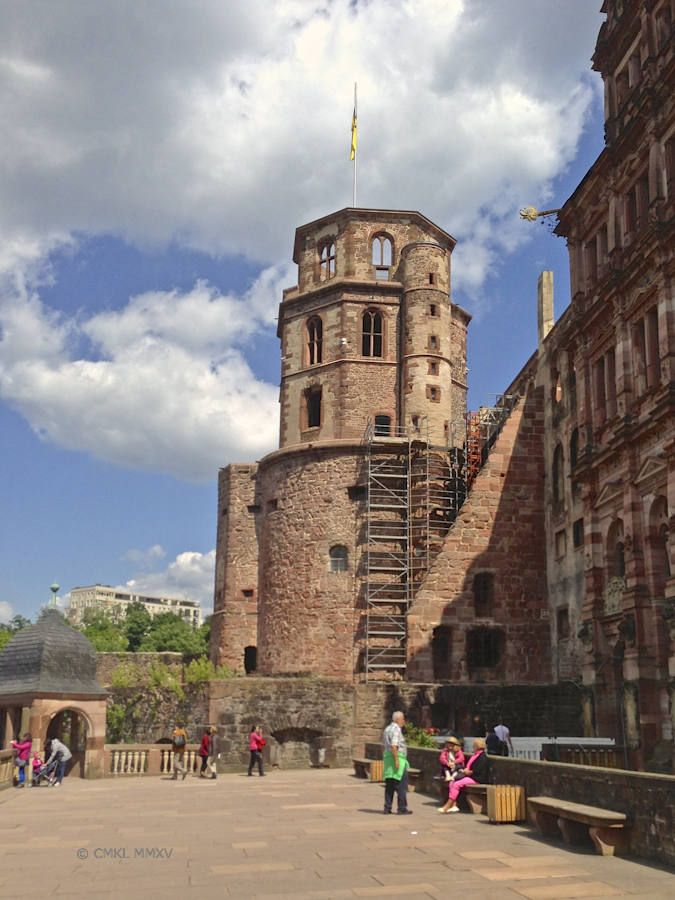
On the castle facade, my husband discovered a cute gargoyle in the shape of a lion, incongruously stuck to the middle of the wall, not perching in usual gargoyle fashion along the edge of a wall or roof, where a defender could use it to pour hot tar or oil over an enemy’s head.
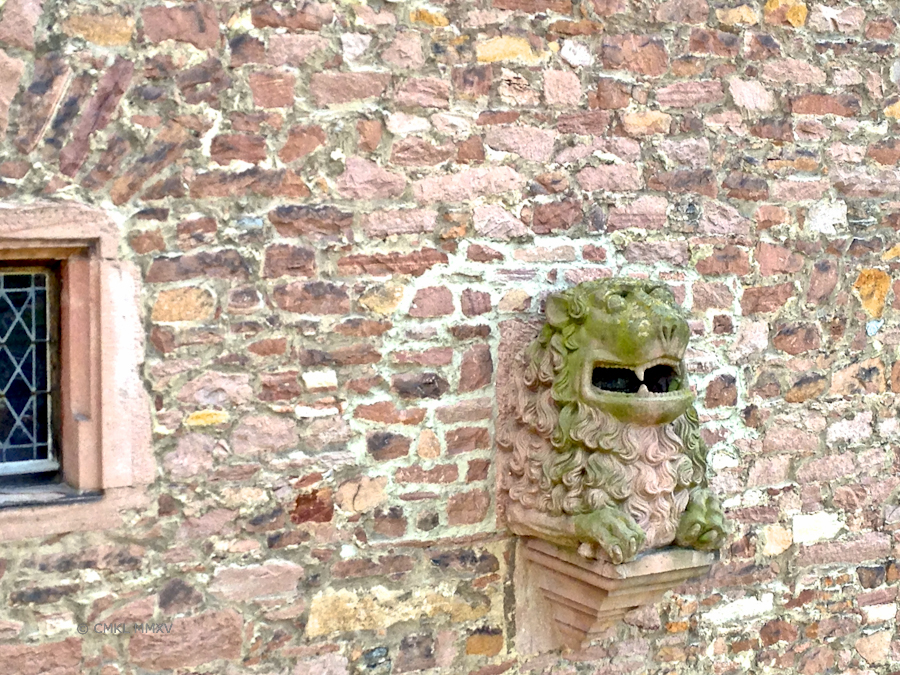
We’ll return to the little wild thing later, meanwhile let’s check out the story of the largest wine barrel in the world, which is simply a case of silly one-upmanship.
During the time, when the first of these extra large barrels were built, rulers commonly received yearly taxes in goods rather than money. The regional grape farmers around Heidelberg paid their dues in wine, which was then stored in the large barrels stored in the princely cellars. In the 17th century, a competition developed between a couple of rival princes as to who’s barrel was bigger. Same old, same old among the boys!! The winning barrel, allegedly the one we see today, may be the biggest wine barrel ever, but it never held any wine and Mark Twain for one wasn’t impressed. You can read about it here and see some more pictures in a post by my fellow travel blogger Mark. Only after our visit to the castle, whilst net surfing about Heidelberg, did I learn that my little lion gargoyle was originally installed as an overflow valve for the (empty) mega barrel. Always be prepared, I guess.
After emerging from the cellar, it was high time for us to return to town. Walking back to the train station we passed through the courtyard again and I captured a different light and mood.
The gift store where I purchased my obligatory “local” coffee mug, was clad in the same regional colorful sandstone out of which the castle and many other buildings and structures in Heidelberg were built. This stone formation, Buntsandstein, gives the region its striking and distinctive appearance.
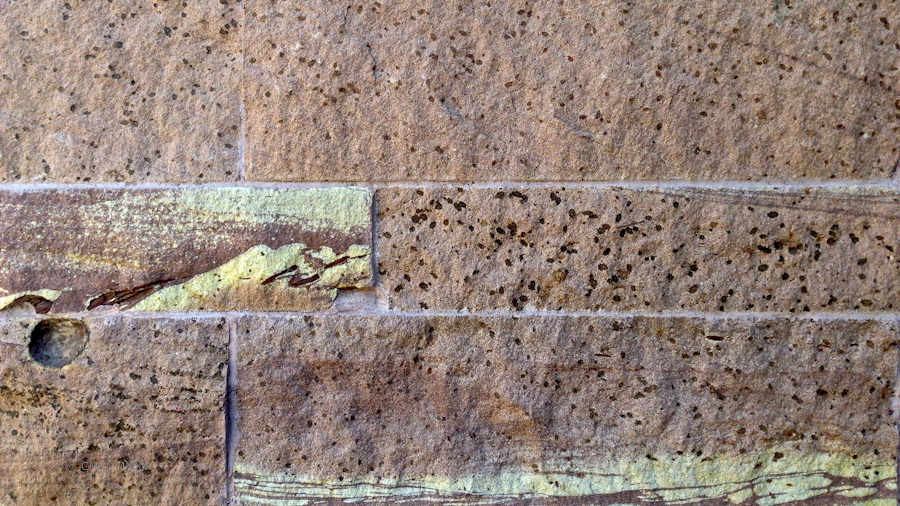
But our backs were aching and the Konditorei Schafheutl with its magic Hazelnuß Torte was calling to us for a midafternoon break to rest those tired feet. Funicular, here we come.
On another day, we checked out the Weiße Flotte (white fleet), a local company offering excursions on the Rhein and Neckar rivers. We chose a 3-hour cruise up the Neckar from Heidelberg to Neckarsteinach, called the Castle Cruise. We were reluctant to commit to a longer trip since we had never tried a river cruise before. But this was such fun that I’m interested in taking a real river cruise some day. We have friends who have taken Viking Cruises on the Yangtze and the Danube and I can understand the attraction now.
Upon leaving the dock in Heidelberg, we had to go through a lock to be lifted by 2.60 m.
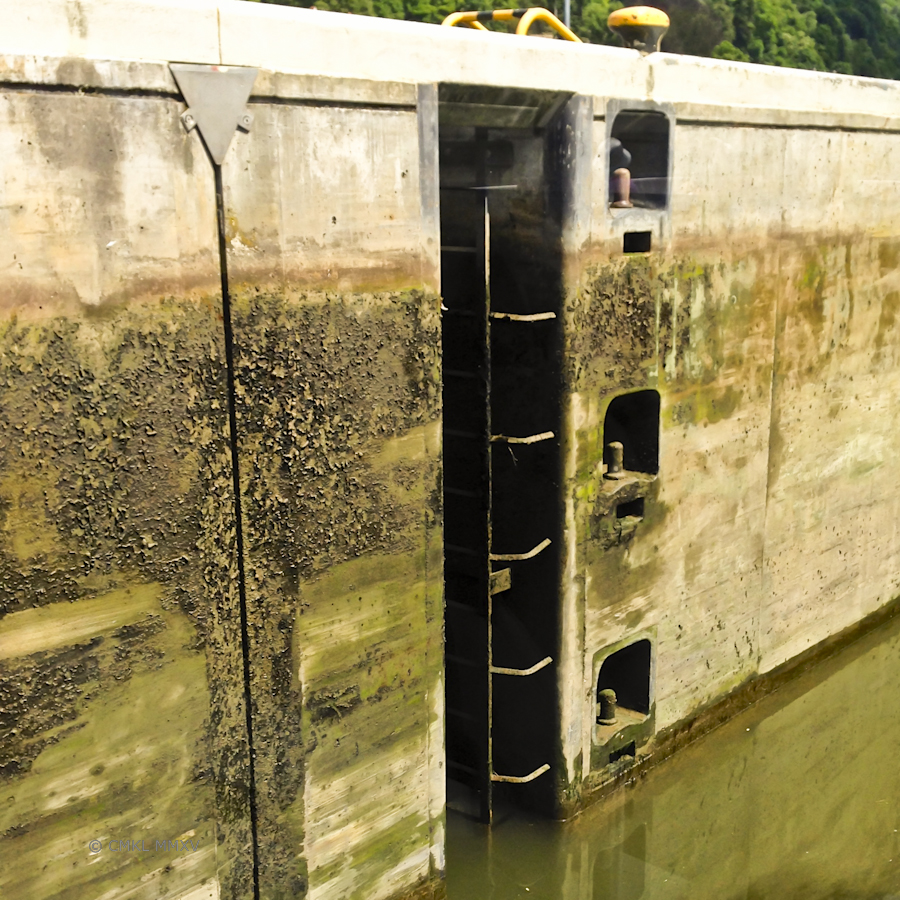
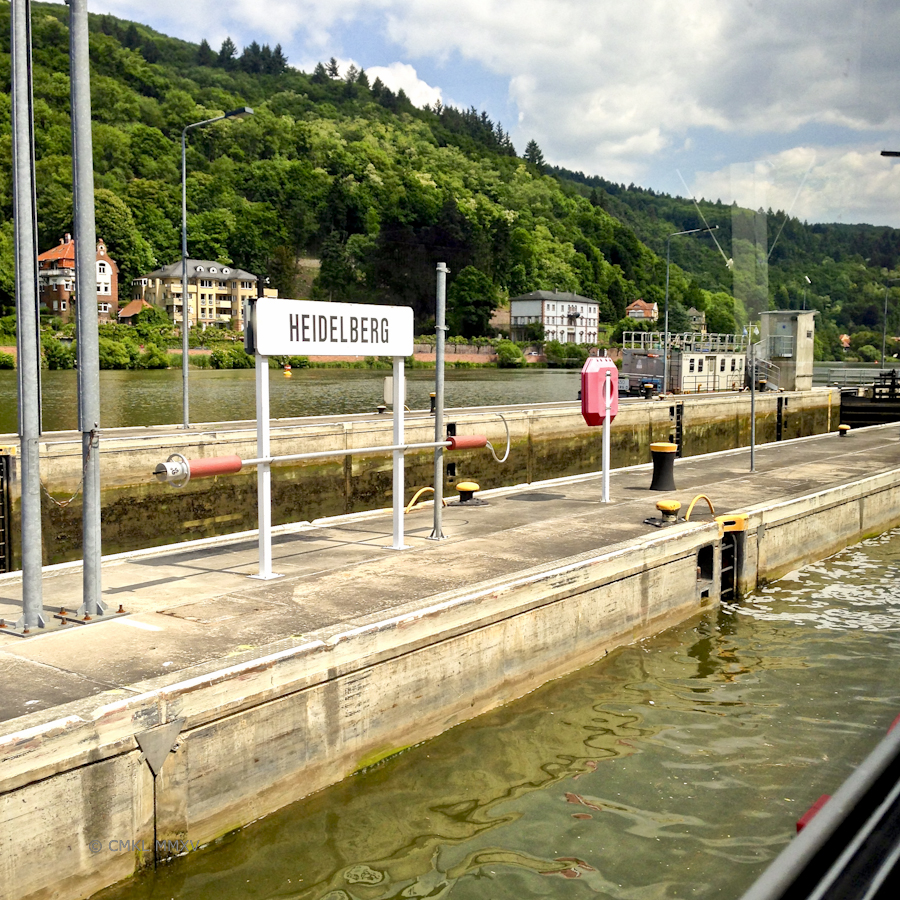
We were told that there are 27 locks along the 150 Km of navigable river.
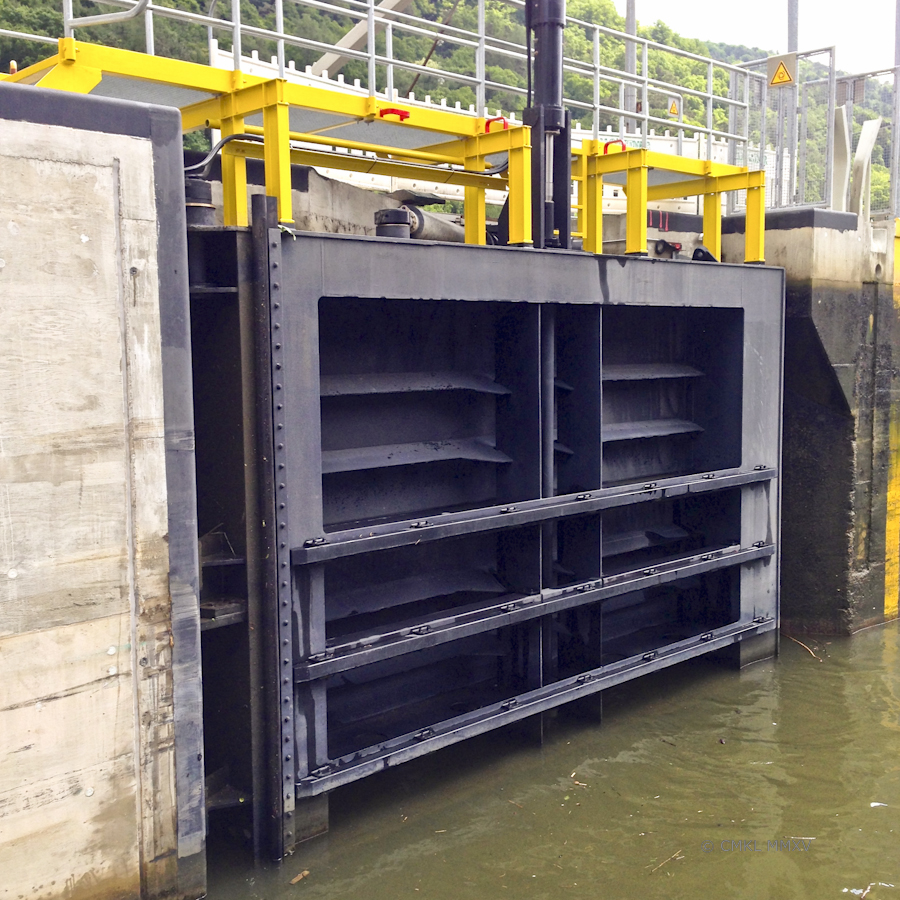
Before leaving Heidelberg, I had to do one more thing. On Pfingstmontag (Whit Monday or the 2nd day of Pentecost) I took off early to walk into the historic town center to visit the Kurfürstliches Museum. On my way there I encountered this and that interesting little visual tidbit.
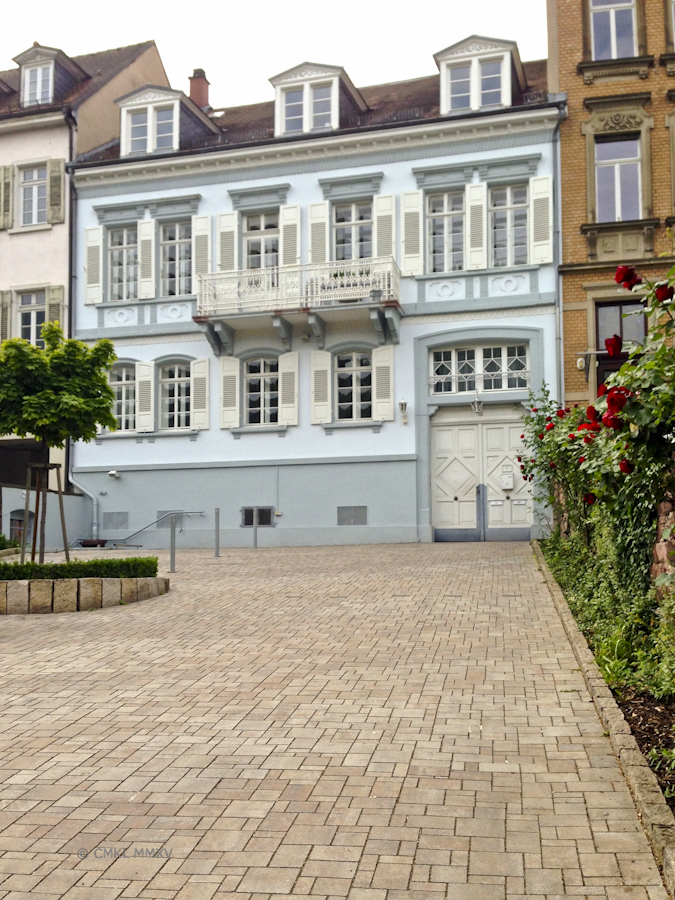
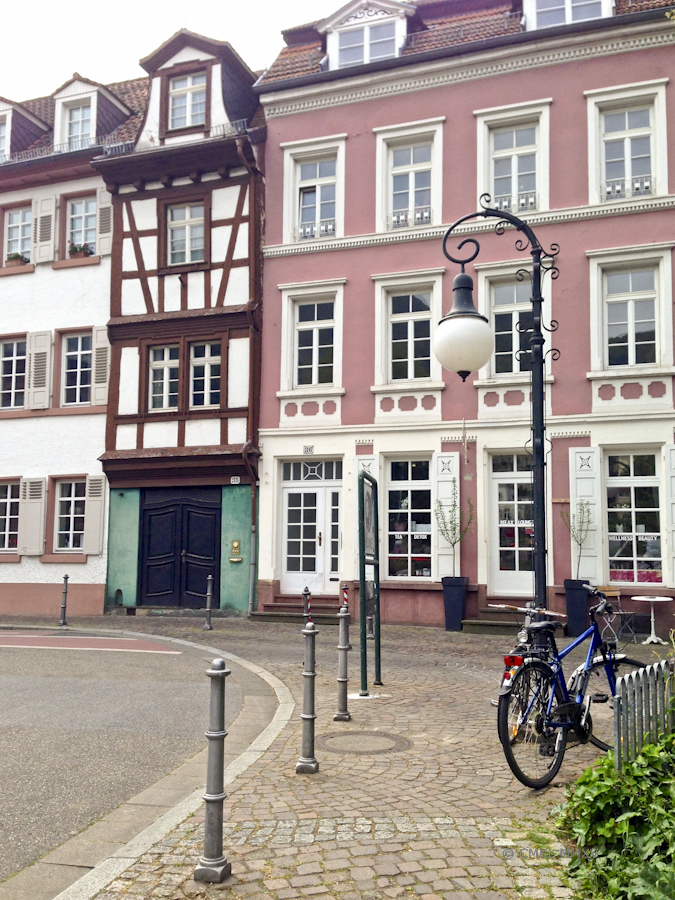
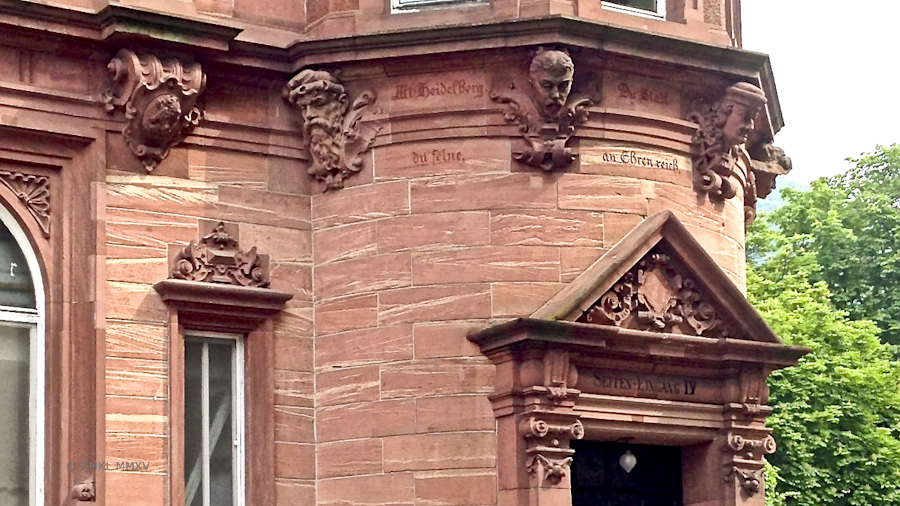
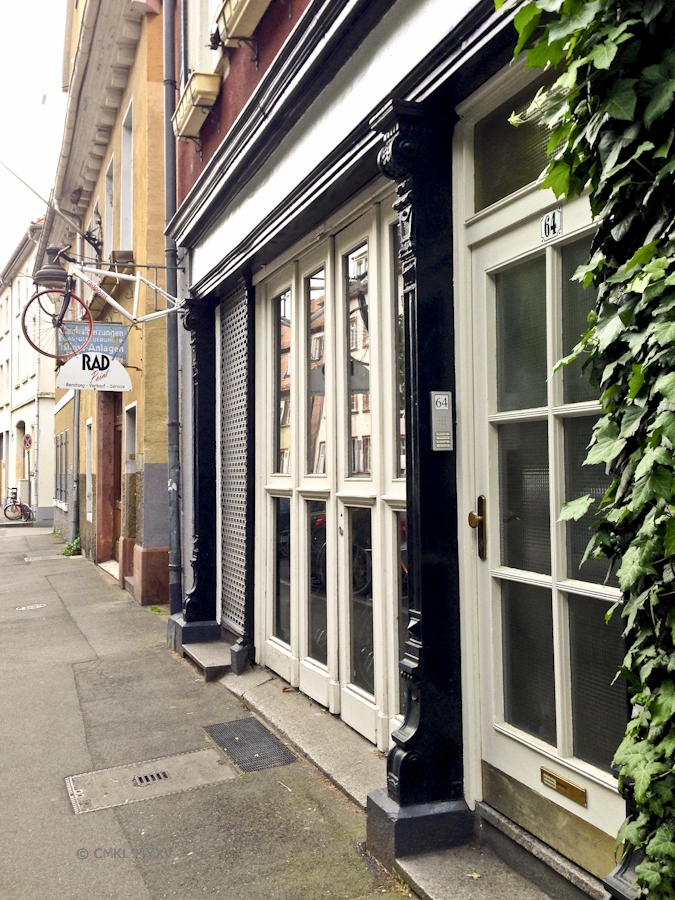
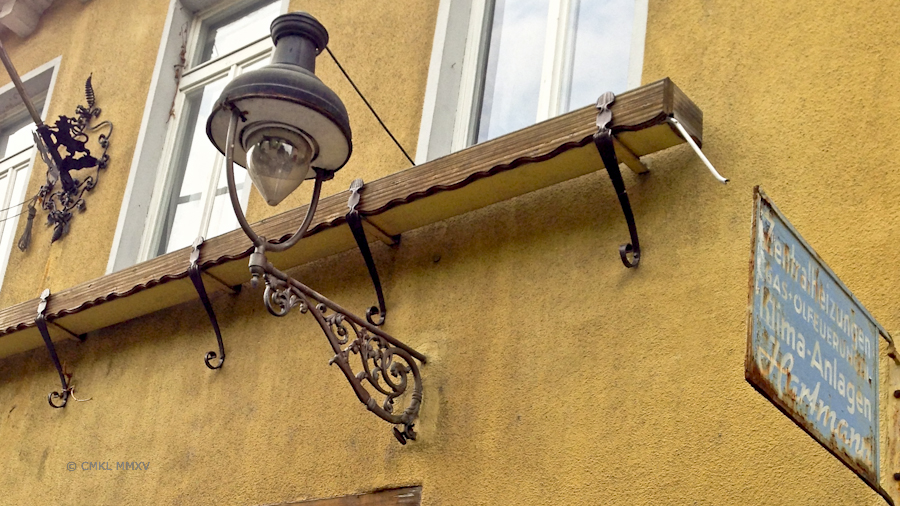

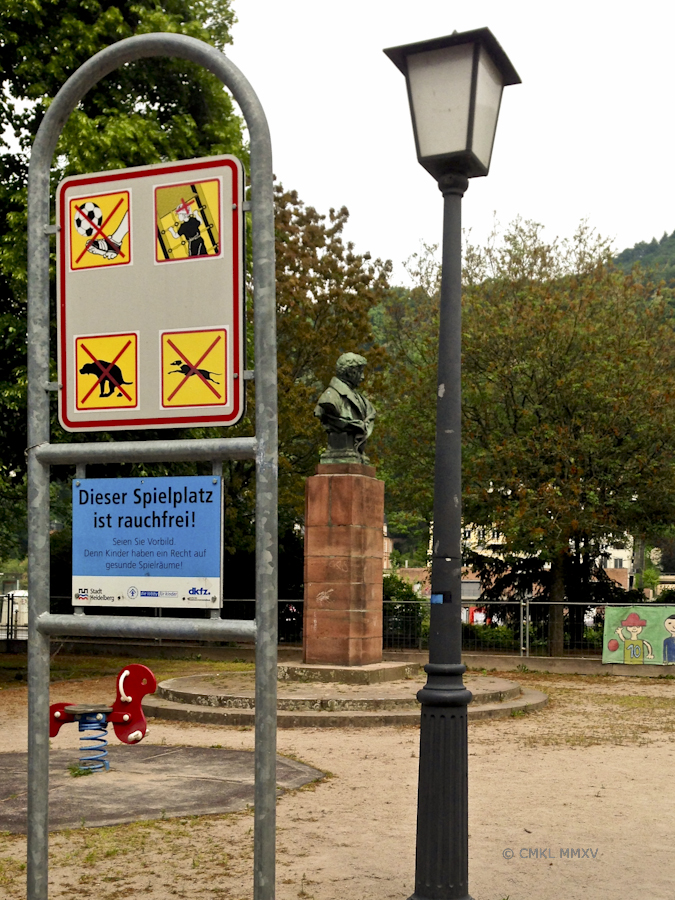
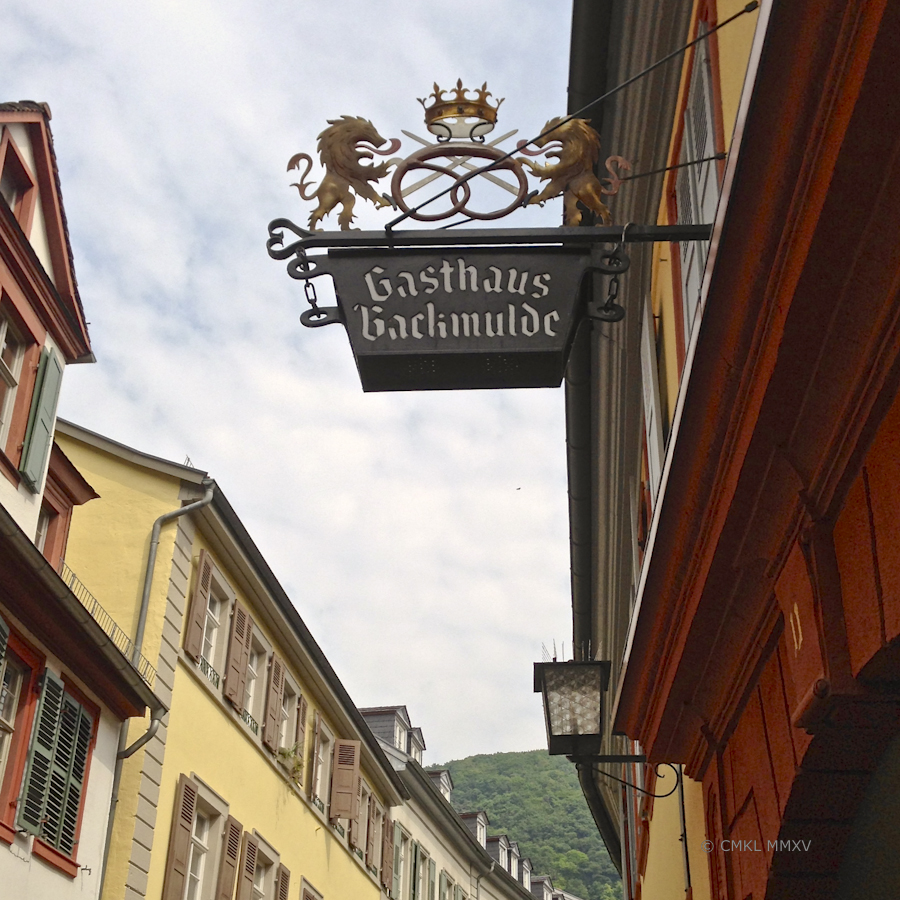
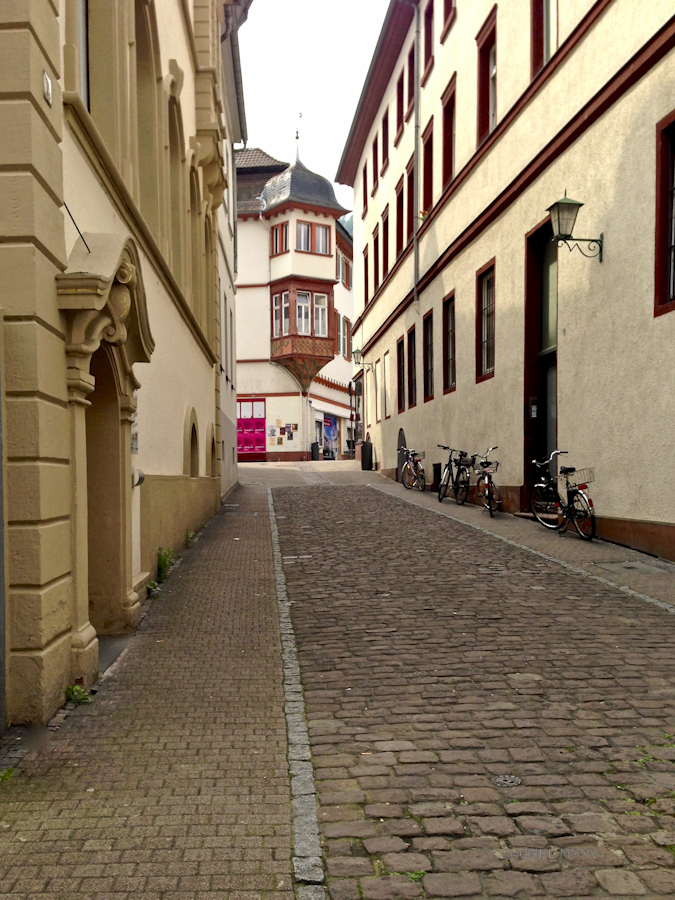
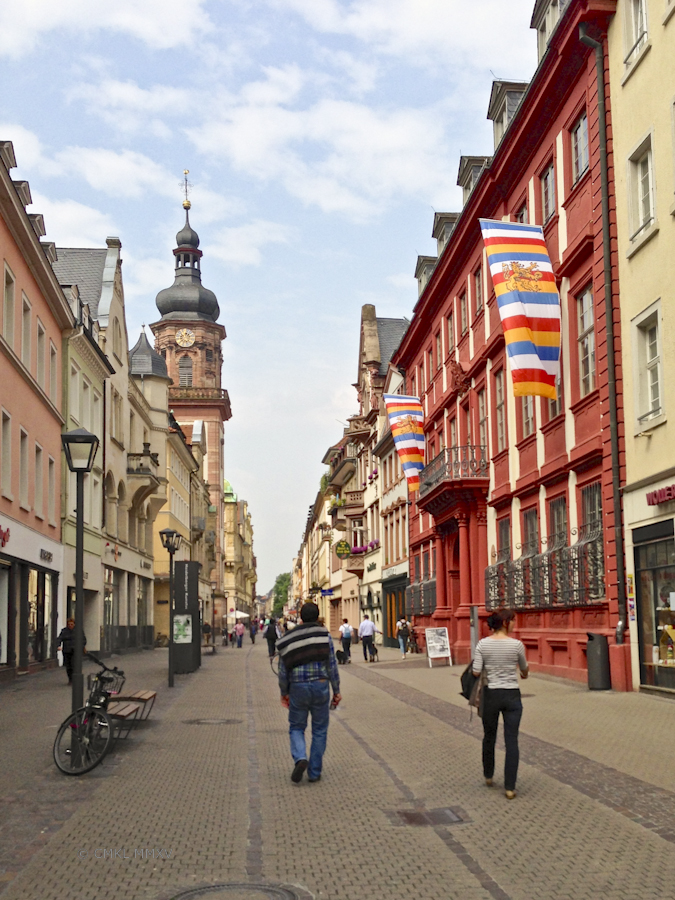
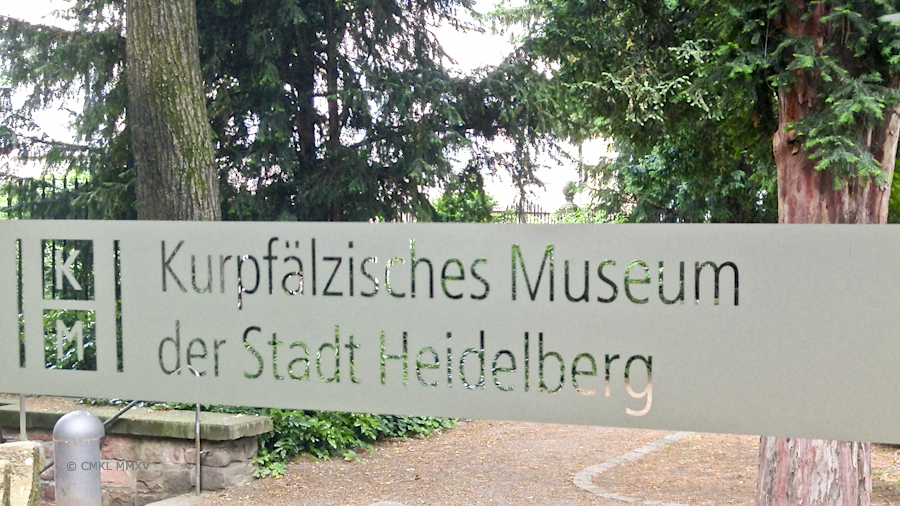
I wish the use of camera equipment would’ve been allowed, such a wealth of worthy objects! Paleolithic exhibits and room after room dedicated to classic Roman antiquity were especially interesting to me and I would have cherished photographic mementos. The majority of the exhibits about the Roman imperial presence in the Germanic provinces encompassed the same period as our Gallo-Roman time frame here in Saintes, so that was doubly interesting for me. A highlight within the permanent exhibition of Roman artifacts was a newly opened section about funeral practices, very absorbing and instructional. I took away a motto, a Leitmotif, if you will that I shall want to have said over my ashes, when my time comes:
OPTO TERRA SIT LEVIS TIBI – May the earth be light upon you
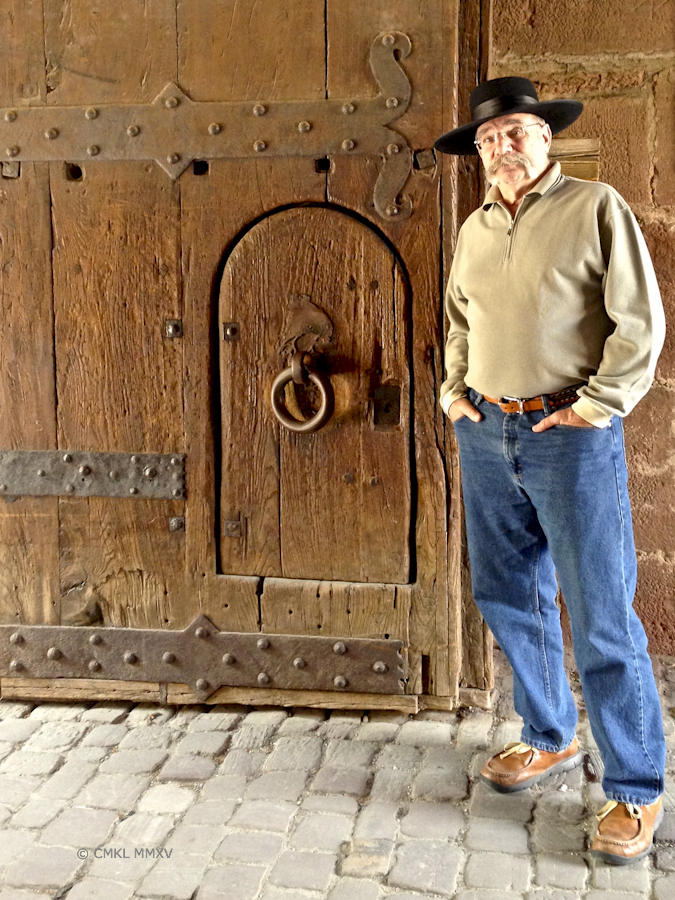
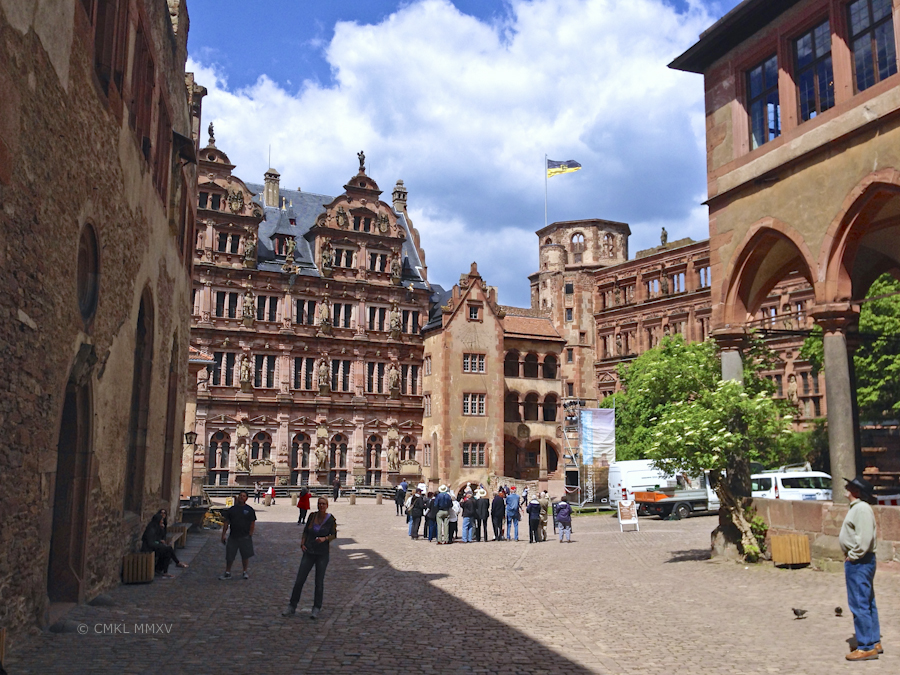
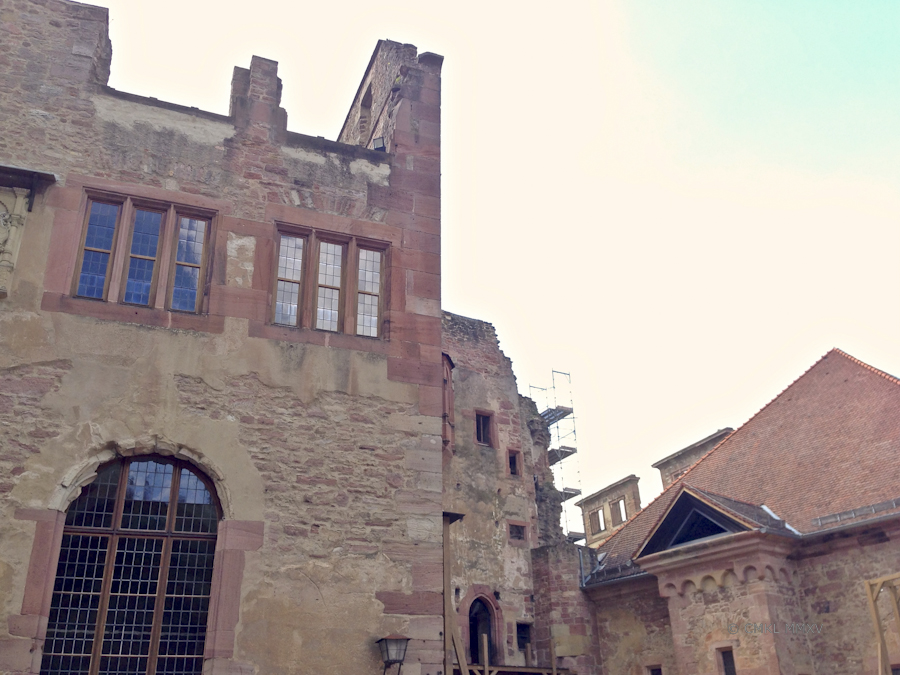
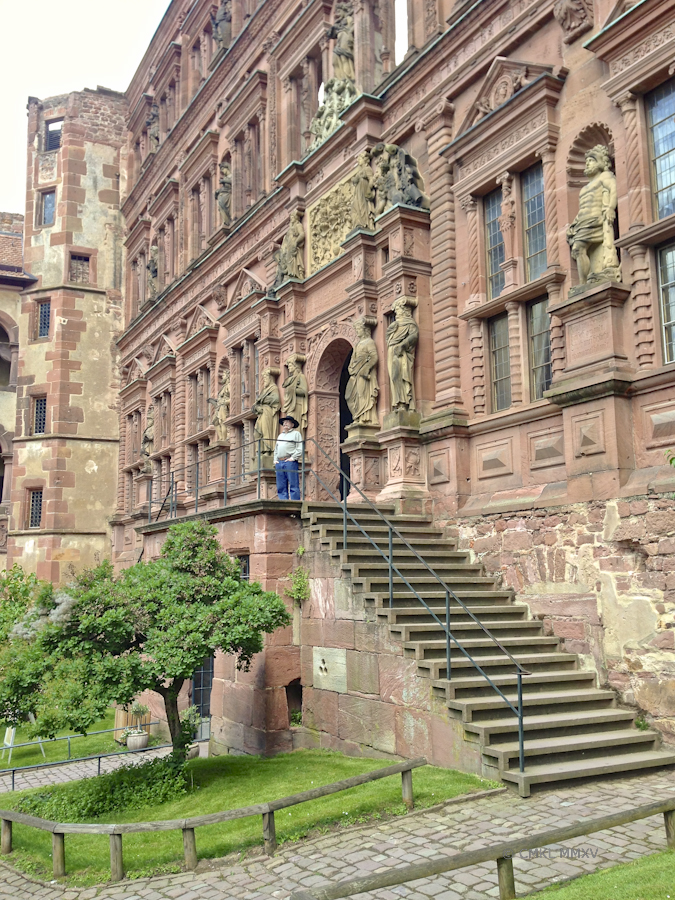
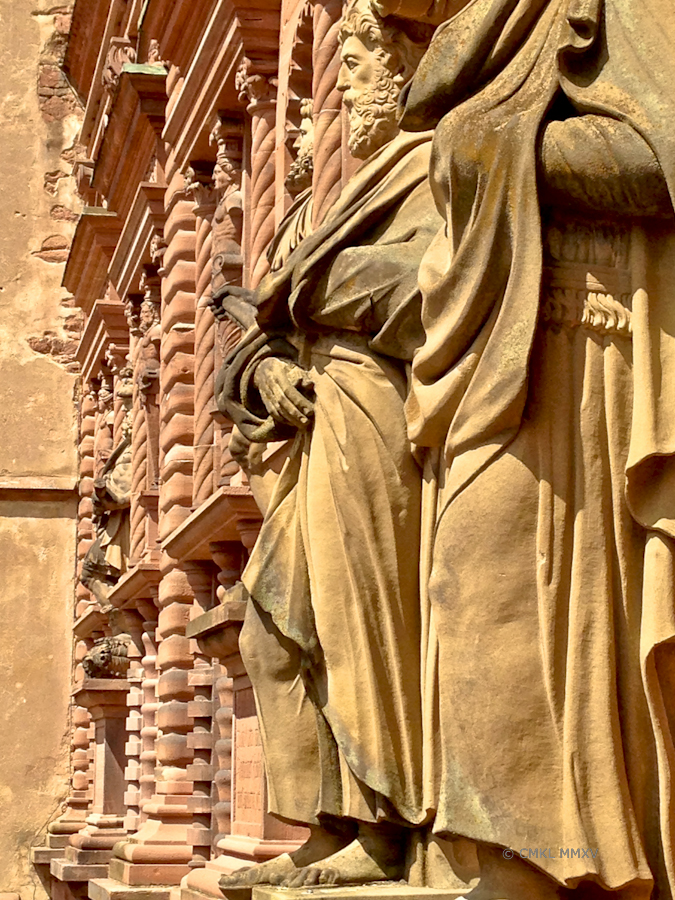
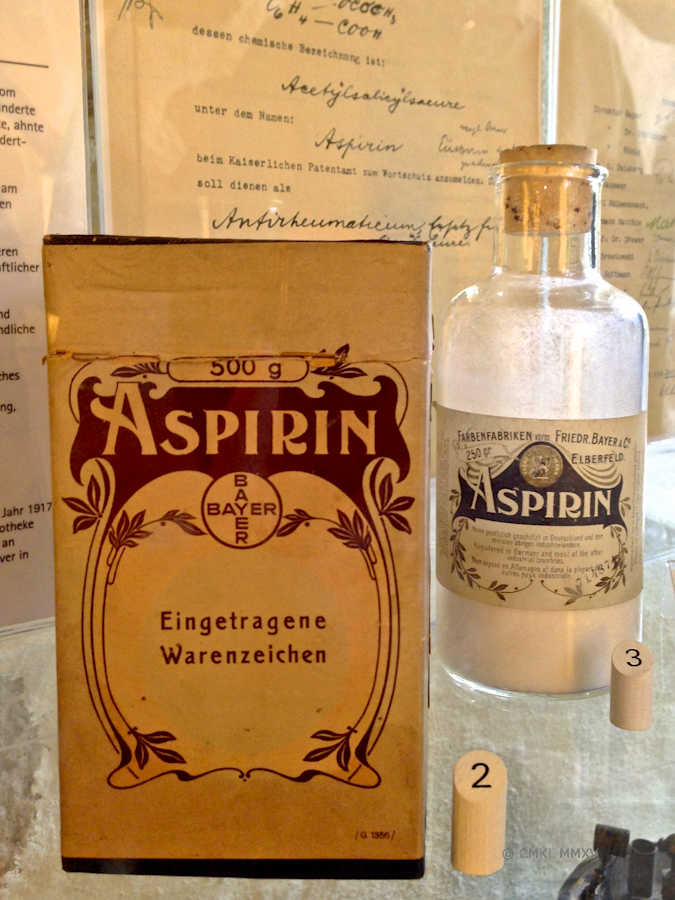
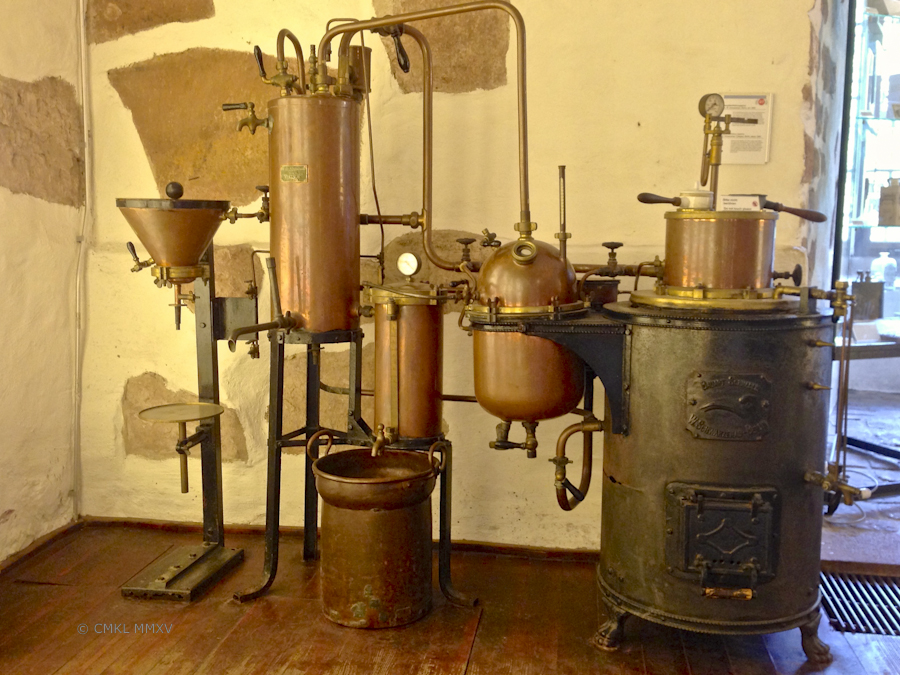
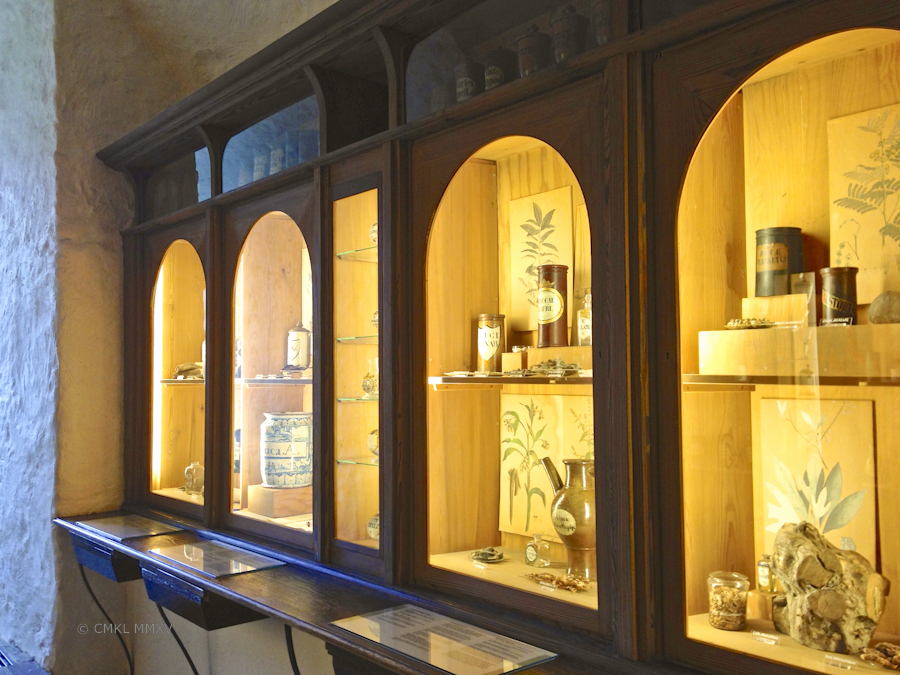
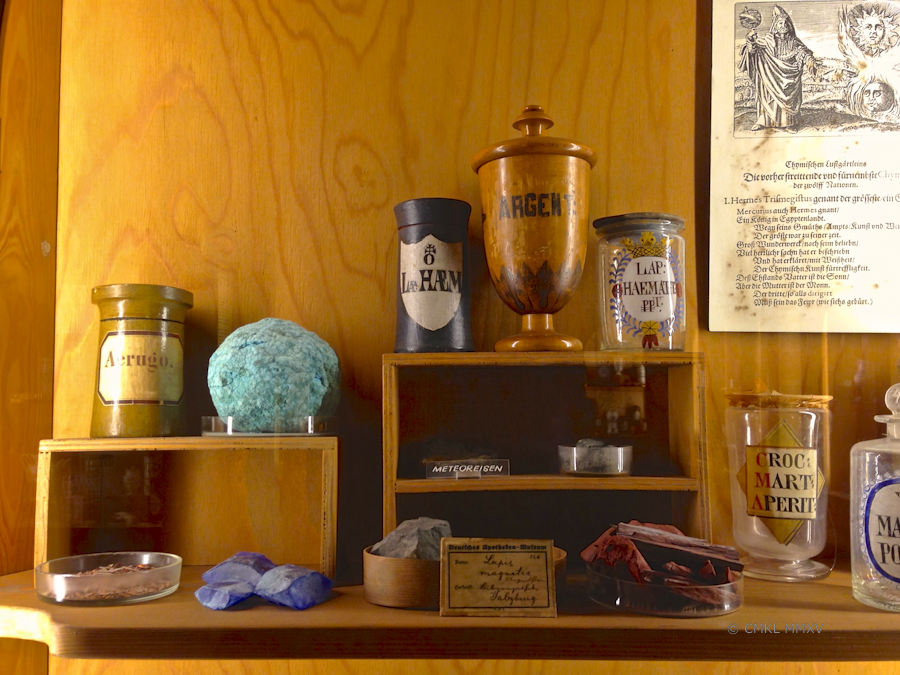
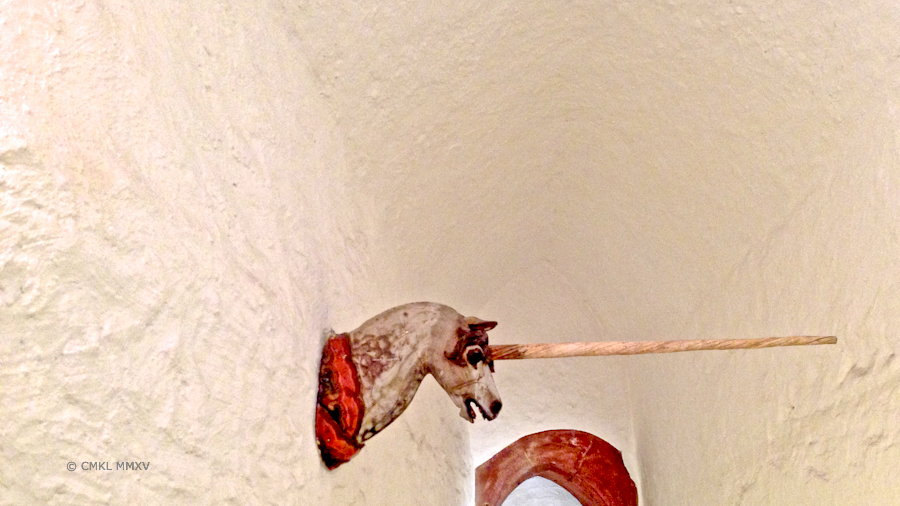
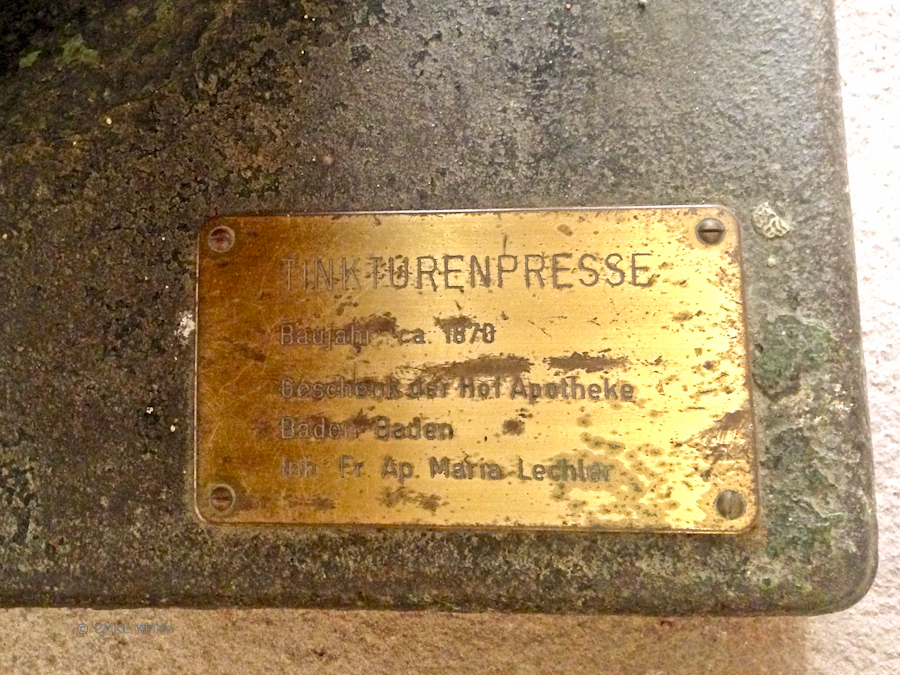
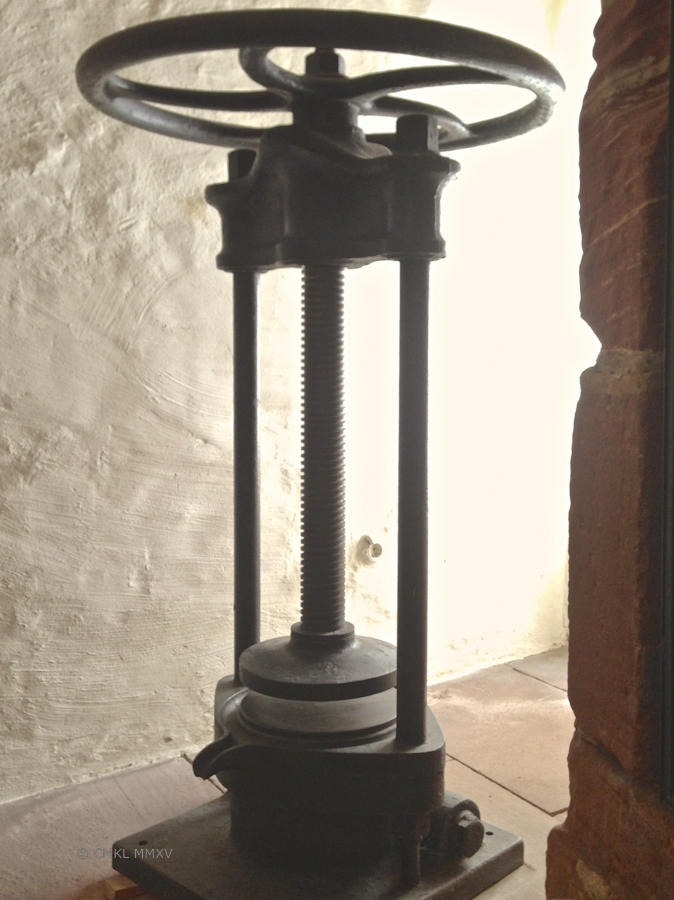
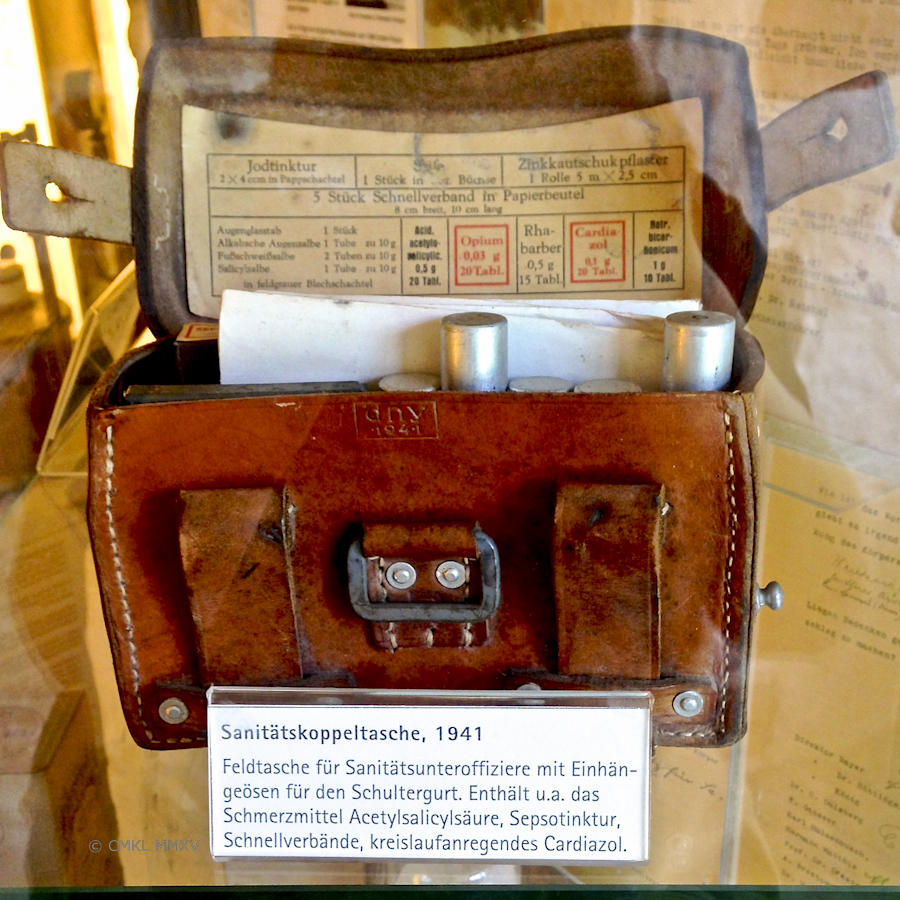
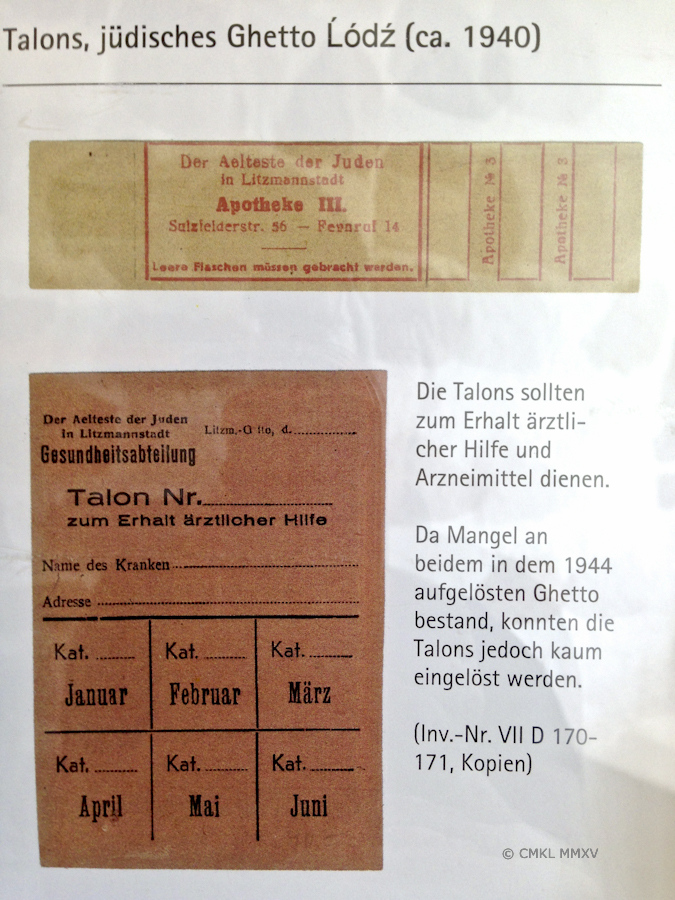
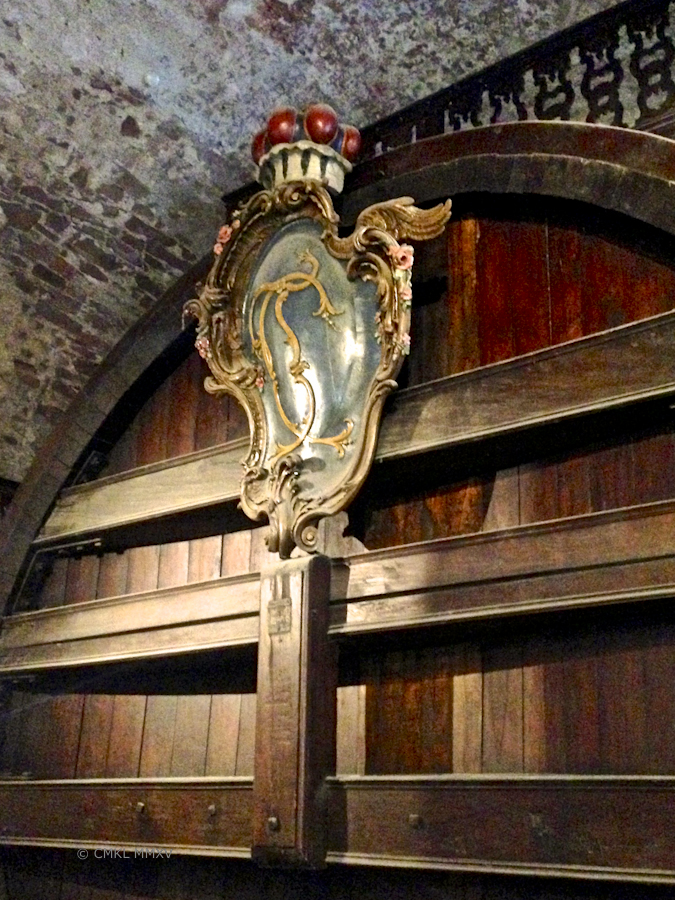
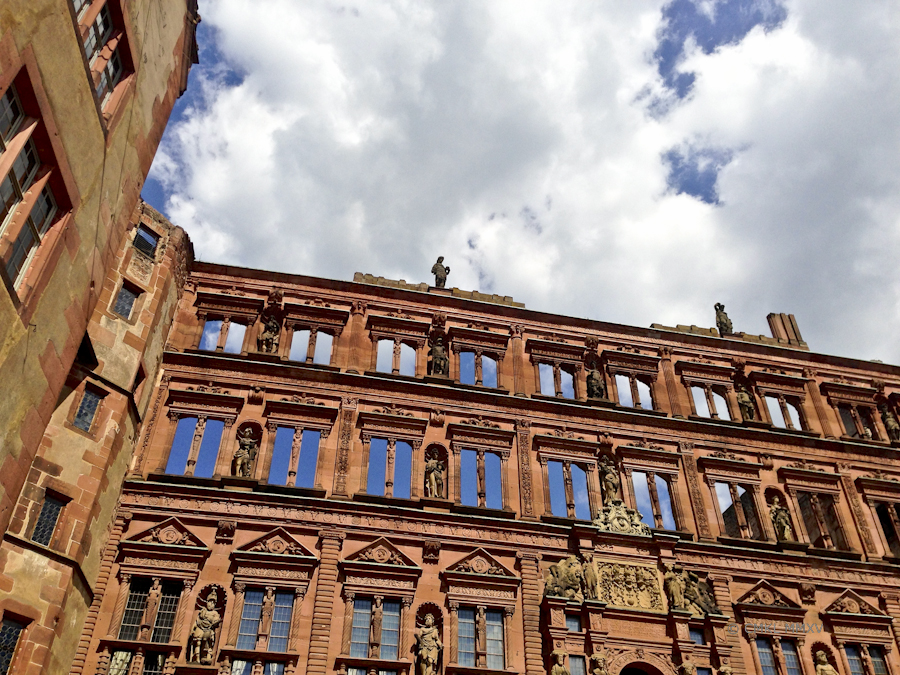
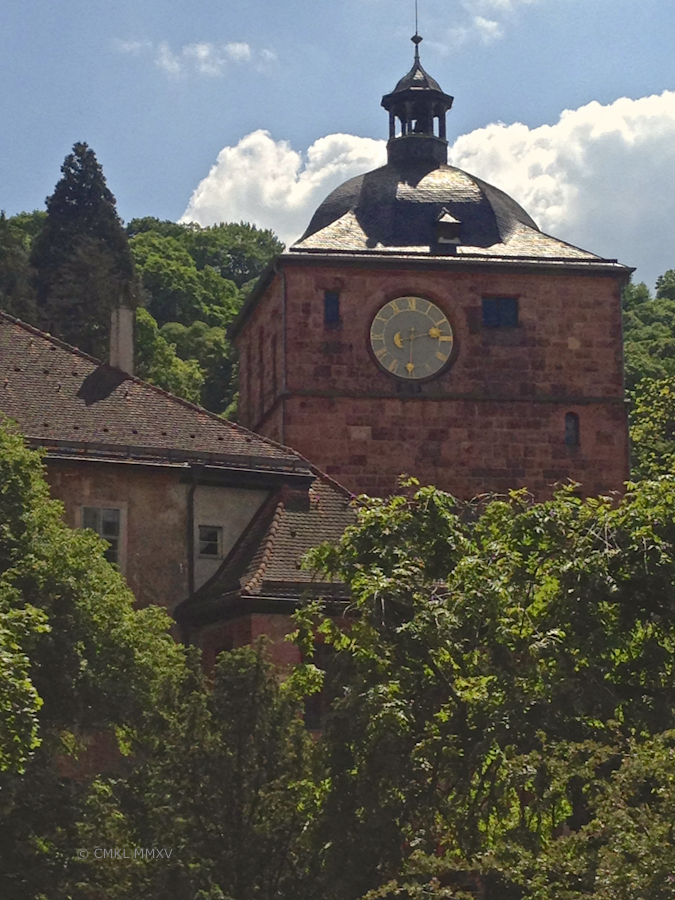
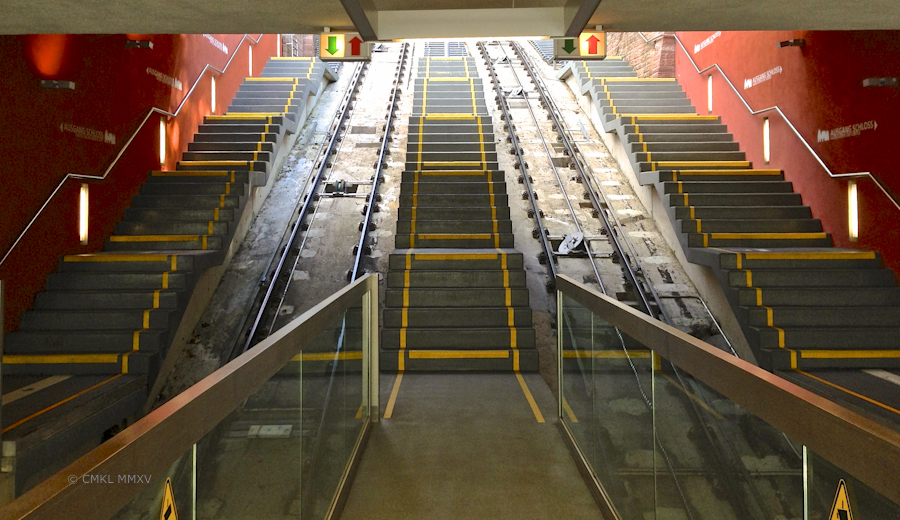
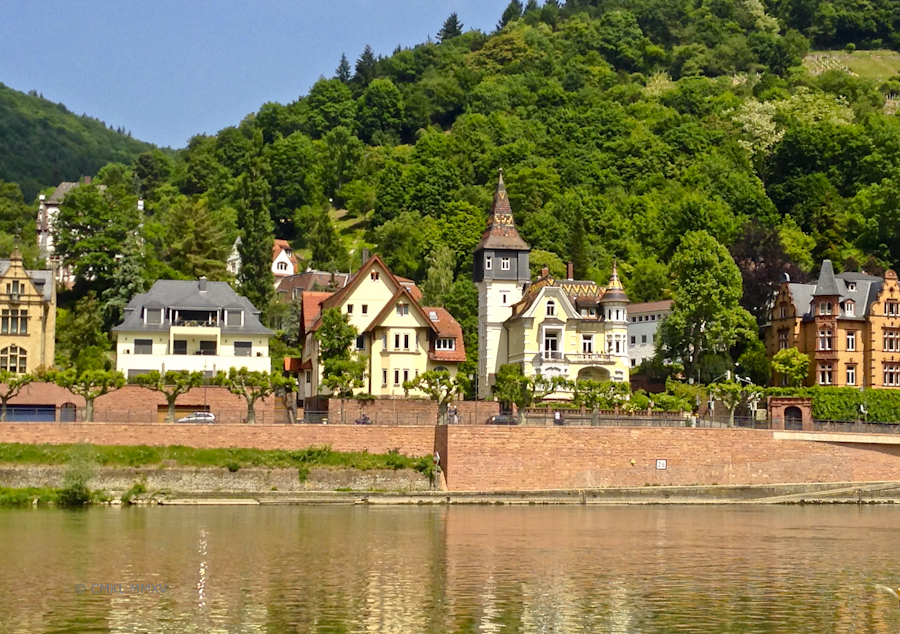
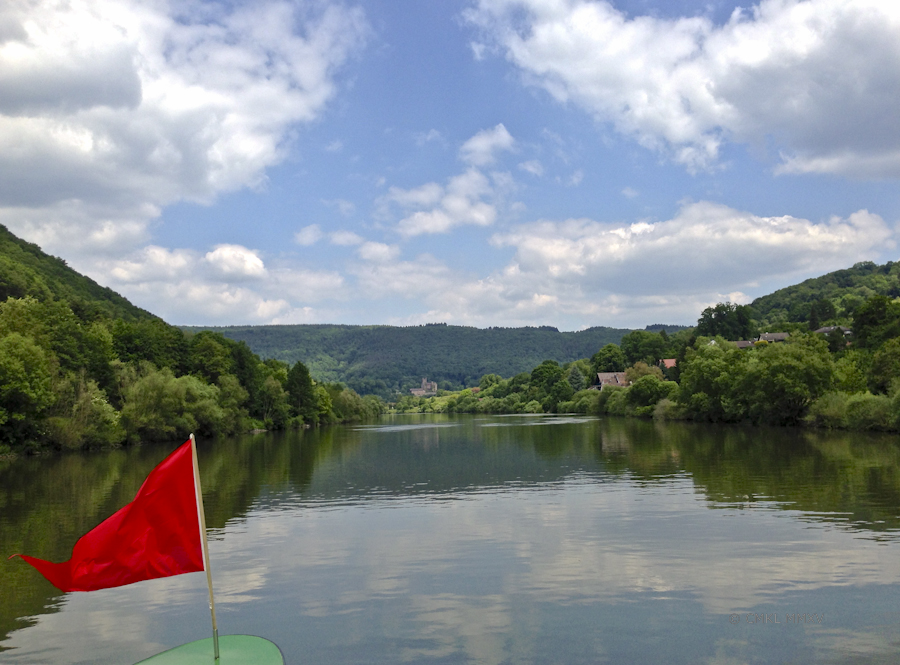
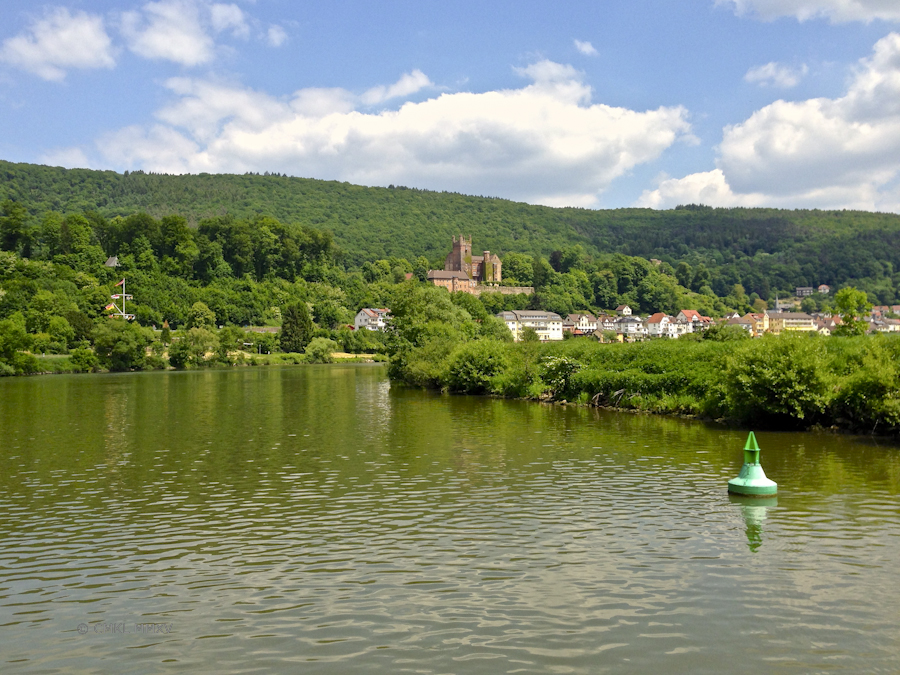
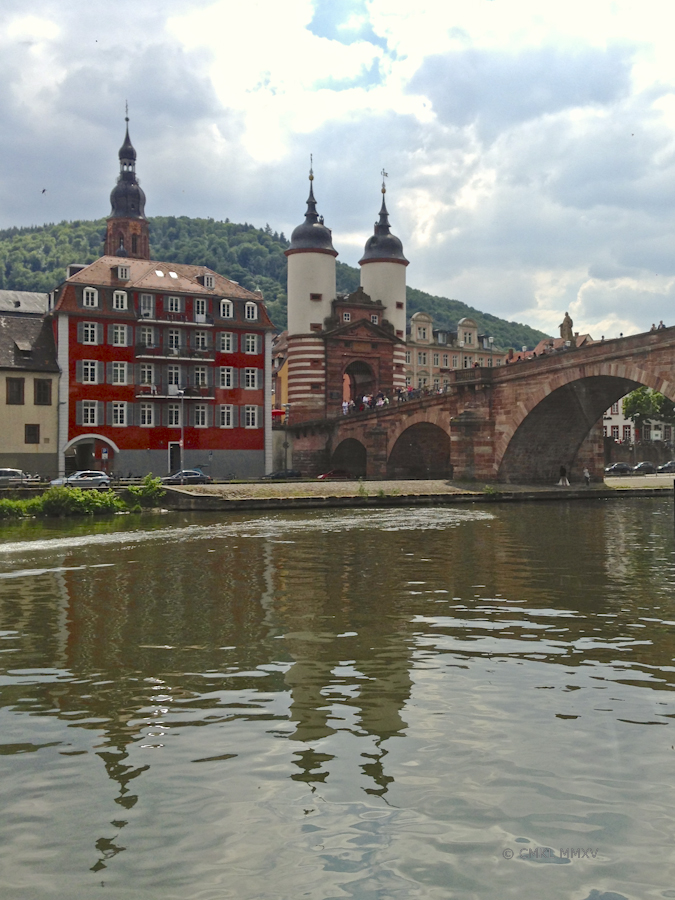

And I saw Doro, thanks to you!! We had a great, but much too brief rendezvous & met each other’s husbands.
LikeLike
This brought back a lot of memories.Have not been to Heidelberg for ages should visit again when in Germany.Thanks for the wonderful photos
LikeLike
This is a lot to handle in one viewing. I’ll be back. In the meantime, I’m sending the fabulous traffic warning signs to a pedestrian-challenged friend.
LikeLike